Nov 24, 2025
One Wheel Motorcycle: Innovations and Features to Watch Out For
Introduction to One Wheel Motorcycles
The Evolution of Motorcycling
The motorcycle industry is witnessing a remarkable evolution fueled by technological advancements and changing rider preferences. For decades, conventional two-wheeled motorcycles reigned supreme, but new designs and concepts are now challenging that dominance. One wheel motorcycle, often referred to as “unicycles” or “monowheels,” represent a bold departure from traditional forms. These vehicles offer unique challenges and experiences, appealing to a growing segment of adventurous riders who seek not just transportation but also a thrill unlike anything else.
A New Mode of Transportation
Urbanization has led to increased congestion in city streets, fueling a demand for more agile and compact vehicles. One wheel motorcycle present a novel solution that combines the exhilaration of riding with practicality. They can weave through traffic and squeeze into tight parking spaces where conventional bikes cannot fit. Additionally, the lightweight design encourages easier handling, making them suitable for a variety of riders, from commuters to thrill-seekers. The convenience of these machines speaks to modern needs, enabling users to navigate urban environments efficiently while enjoying the rush of the ride.
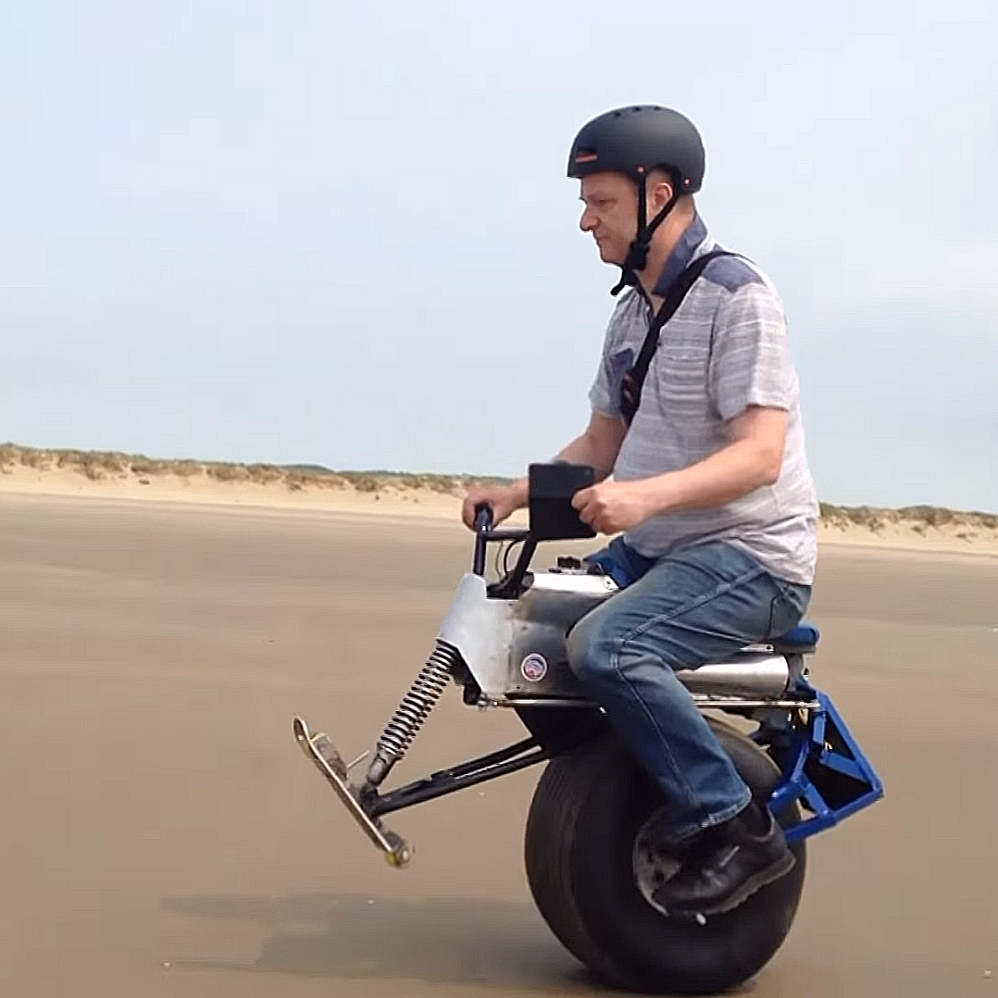
The Next Frontier
As we look ahead, one wheel motorcycles are poised to redefine personal transportation. They encapsulate the spirit of adventure while accommodating the demands of daily life, showcasing how innovation can improve mobility. The increasing interest in alternative transportation methods suggests that these unique bikes may soon hit mainstream markets. With evolving technology and designs constantly emerging, one wheel motorcycles may well become a staple part of the future of motorcycling.
Unique Design and Aesthetics
Striking Visual Appeal
One wheel motorcycles are hard to ignore, and their visual allure is a cornerstone of their appeal. The centralized single-wheel design creates a distinct silhouette that stands out from traditional motorcycles. This design not only attracts attention but also symbolizes the motorcycle’s cutting-edge feel. Every angle emphasizes the bike’s aerodynamic profile, making it visually striking and aesthetically pleasing. Learning how to ride a onewheel motorcycle adds another layer of excitement and mastery to the experience, allowing riders to showcase not only their personality and style but also their unique skills, elevating their status within the motorcycle community.
Compact and Efficient
In today’s world, where space is a luxury, the compactness of one wheel motorcycles is particularly advantageous. Their smaller size allows them to be easily maneuvered in congested streets and tight parking slots, making them ideal for city living. Riders can store them in garages or small apartments more conveniently than larger motorcycles, which may require more commitment in terms of space and maintenance. This practical approach reflects the contemporary lifestyle needs of urban riders who seek flexibility without sacrificing excitement.
A Blend of Form and Function
The innovative design of one wheel motorcycles goes beyond aesthetics; it combines style with functionality. Each design element is carefully considered to maximize performance while maintaining visual appeal. Lightweight materials contribute to overall agility, while the engineering of the frame offers stability. This impressive combination allows riders to experience speed and thrill without compromising on safety or practicality. A well-designed one wheel motorcycle not only turns heads but also meets the diverse demands that modern riders face.
Balance Technology
Advanced Gyroscopic Sensors
One of the standout features of one wheel motorcycles is the incorporation of advanced gyroscopic sensors. These sensors operate behind the scenes, continuously monitoring the motorcycle’s balance and orientation. By adjusting dynamically to shifts in weight, these technologies provide a level of stability that would be challenging to achieve on a traditional motorcycle. This automatic balance control empowers riders to focus on enjoying the ride rather than worrying about maintaining equilibrium, transforming the experience for beginners and seasoned riders alike.
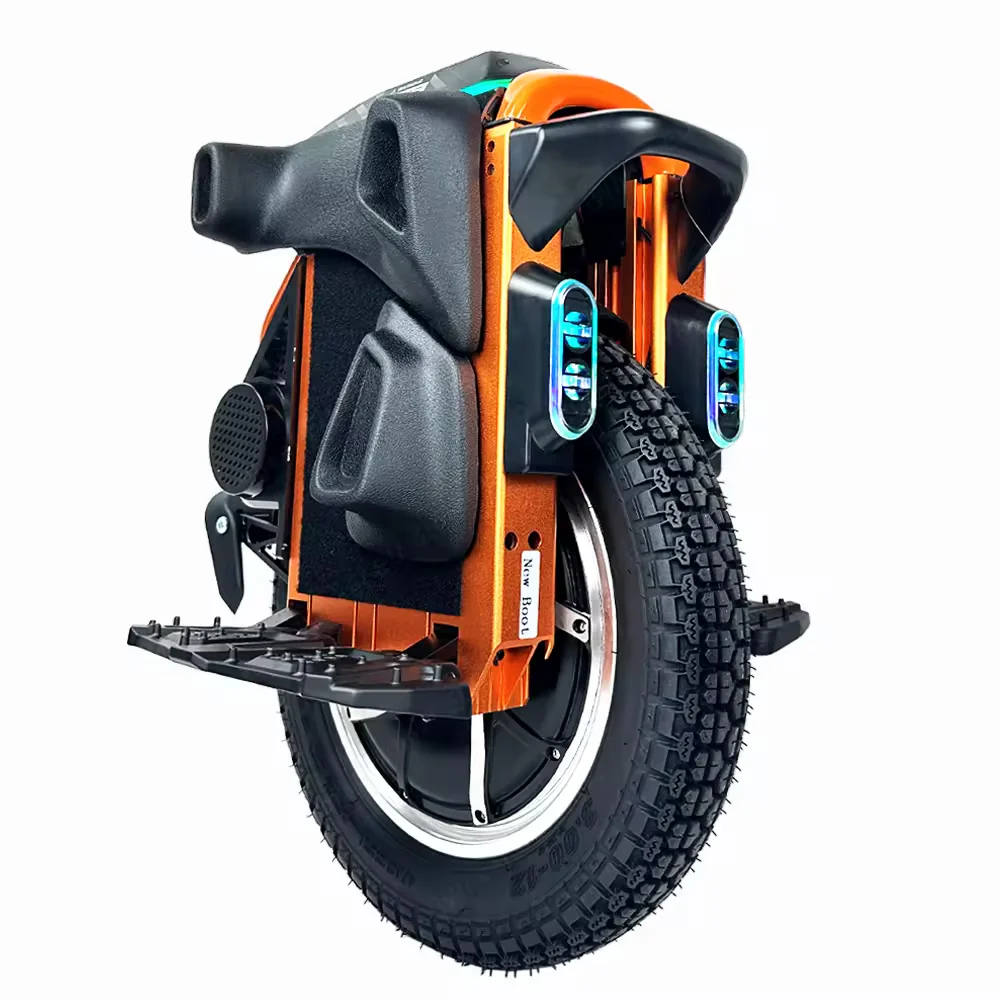
Enhanced Stability for All Riders
With the advent of balance technology, one wheel motorcycles have become increasingly accessible to a wider range of riders. Newcomers to motorcycling often struggle with the challenges of maintaining balance on a two-wheeled bike, but the automated stability features of one wheel motorcycles significantly mitigate these issues. This capability invites more individuals to the sport, as they can confidently take their first rides without the fear of falling. The inclusive approach to riding opens doors to a broader audience, fostering a culture that celebrates diversity in experience levels.
The Future of Riding Dynamics
As technology continues to evolve, the potential for one wheel motorcycles to become even more stable is exciting. Future iterations may include even more sophisticated sensors and control systems, further enhancing the riding experience. The focus on automation indicates a shift in how motorcycles are designed and ridden. Riding dynamics will likely become increasingly tailored to prioritize user comfort, making it easier for more individuals to engage with this thrilling mode of transportation.
Electric Powertrains
The Shift Towards Sustainability
As awareness of environmental issues grows, more riders are seeking sustainable transportation options. Electric powertrains are paving the way for a new era in motorcycling, and many one wheel motorcycles are already embracing this shift. These electric models offer a quiet, efficient means of transport, drastically reducing the carbon footprint typically associated with motorcycles. By adopting electric technology, riders can contribute to a greener future while still experiencing the thrill of the open road.
Impressive Range and Charging Times
Concerns surrounding electric vehicle range and charging times have largely been addressed through advancements in battery technology. Many modern electric one wheel motorcycles feature impressive ranges that can accommodate the needs of daily commuters. Thanks to rapid-charging capabilities, riders can recharge their bikes relatively quickly, making electric models practical alternatives for those with busy lifestyles. This evolution in electric motorcycle technology dispels many earlier misconceptions about electric vehicles, showcasing their viability in the motorcycle market.
The Benefits of Quiet Riding
The allure of riding an electric one wheel motorcycle extends beyond environmental considerations; they also offer a uniquely quiet riding experience. This reduction in noise not only enhances rider enjoyment but also promotes a more serene atmosphere in urban environments. Riders can appreciate the sights and sounds of their surroundings without the overpowering roar of a traditional motorcycle engine. This characteristic makes one wheel motorcycles appealing for those who enjoy a tranquil ride while cruising through city streets or nature trails.
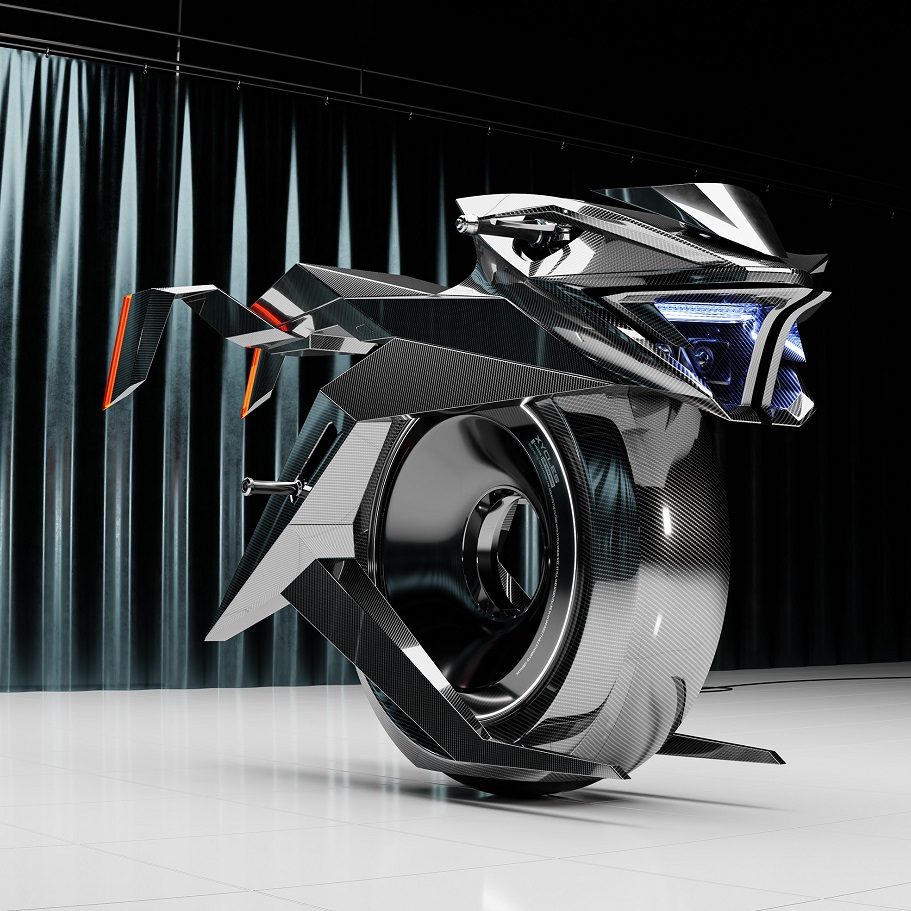
Safety Features
Advanced Braking Systems
Safety features in one wheel motorcycles are at the forefront of design considerations. Many models come equipped with advanced braking systems that provide superior stopping power, ensuring riders can respond quickly in emergency situations. These braking systems often use electronic means, optimizing response time and effectiveness. The emphasis on safety highlights the industry’s commitment to rider well-being, providing peace of mind for both new and experienced motorcyclists.
Enhanced Visibility with Integrated Lighting
Visibility is crucial for safety on the road, and one wheel motorcycles often feature integrated lighting systems to enhance rider visibility. LED lights are commonly utilized to provide bright illumination, making riders more noticeable to other road users at night and during low-light conditions. Enhanced lighting not only increases safety but also adds an attractive, modern touch to motorcycle aesthetics. Riders can feel confident knowing they are more visible, contributing to overall road safety for everyone.
Traction Control for Better Stability
One wheel motorcycles frequently incorporate traction control systems designed to improve stability during various riding conditions. These systems automatically adjust power distribution to the wheel, ensuring optimal grip on different surfaces. For riders, this technology translates to a safer experience, especially when faced with challenging terrains such as wet streets or uneven pavements. By effectively managing power delivery, these motorcycles allow riders to maintain confident control over their vehicles.
User-Friendly Controls
Intuitive Handlebar Design
User-friendly design is a hallmark of one wheel motorcycles, and this is particularly evident in their controls. Many models feature ergonomically designed handlebars that allow for comfortable handling and ease of use. Riders can operate their motorcycles seamlessly, enhancing the overall experience. The straightforward layout of the controls fosters confidence in new riders, enabling them to focus on the thrill of the ride rather than grapple with complex machinery.

Digital Displays for Real-Time Information
Advanced digital displays are becoming standard in one wheel motorcycles, providing riders with real-time information to enhance their experience. These displays typically showcase critical metrics, including speed, battery life, and system diagnostics. Riders can easily monitor their performance without distraction, allowing them to make informed decisions while navigating their rides. As technology advances, these displays may also integrate navigational features, music controls, and connectivity options, further enriching the user experience.
Smartphone Connectivity and Features
The integration of smartphone technology into one wheel motorcycles offers riders a wealth of possibilities. Many models now feature Bluetooth connectivity that allows riders to sync their devices for added convenience. Riders can access navigation apps, listen to music, and manage calls directly from their handlebars. This connectivity not only enhances the riding experience but also arms riders with tools that make every journey enjoyable and seamless.
Customization Options
Personalizing Your Ride
One of the appealing aspects of motorcycle culture is the ability to personalize one’s ride, and one wheel motorcycles provide ample opportunities for customization. Manufacturers often offer various options for riders to choose from, including color, decals, and accessory packages. This personalization allows individuals to express their unique style while enhancing performance capabilities. Customizing a bike not only reflects individual tastes but also fosters a deeper connection between rider and machine.
Aftermarket Modifications
The growing popularity of one wheel motorcycles has spurred an expanding market for aftermarket modifications. Enthusiasts are increasingly interested in enhancing their bikes beyond factory specifications. From improved suspension systems to custom paint jobs and upgraded performance parts, the options are numerous. This sector opens avenues for creativity and allows riders to tailor their motorcycles to their specific preferences and riding styles.
Events Celebrating Customization
Events centered around motorcycle customization provide an exciting platform for riders to showcase their unique builds. These gatherings allow enthusiasts to share ideas, showcase modifications, and compete for recognition. Engaging in this community fosters interaction and collaboration among riders, encouraging them to explore new trends and possibilities. Such events ultimately celebrate individuality and creativity, reinforcing the cultural significance of custom bike builds in the motorcycle community.
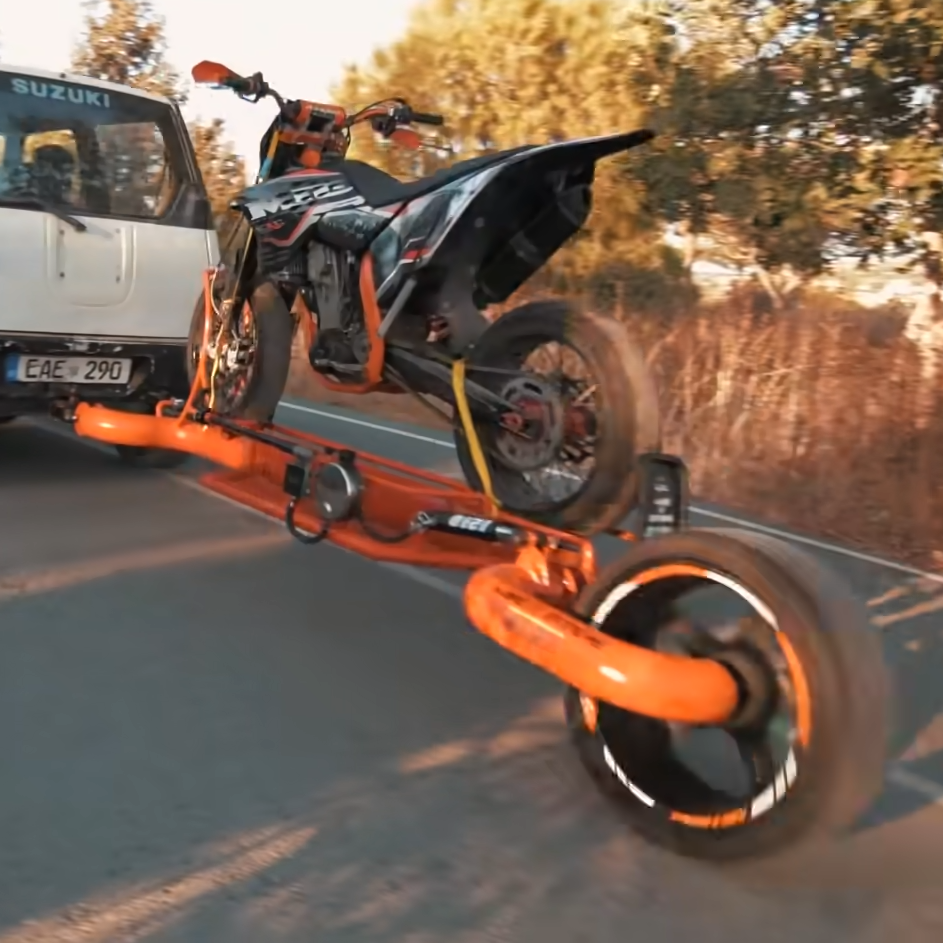
The Riding Experience
A Connection to the Road
Riding a one wheel motorcycle fosters a deep connection to the road and the surrounding environment. The unique dynamics of a single-wheeled design create a sense of immediacy that traditional motorcycles may not replicate. Riders become intimately attuned to the feel of the road, enhancing the sensory experience of riding. This connection to the environment amplifies the thrill of the ride, offering a heightened sense of freedom and enjoyment.
Thrilling Agility and Speed
Agility and speed are defining characteristics of one wheel motorcycles, offering riders an exhilarating experience. The compact design allows for swift navigation and precise handling, empowering riders to tackle tight corners and weave through traffic with ease. The feeling of acceleration and control exhilarates, making every ride an adventure. For those seeking an adrenaline rush, one wheel motorcycles deliver, transforming mundane commutes into extraordinary journeys.
An Adaptive Riding Style
Riding a one wheel motorcycle requires a unique adaptation in riding style. Riders quickly learn to shift their weight and adjust their movements to maintain balance, setting the stage for a more engaging experience. This dynamic interaction with the motorcycle can lead to a rewarding learning curve, as riders discover new techniques and skills. The adaptability required fosters a sense of accomplishment, making each ride not only enjoyable but also a personal growth opportunity.
Community and Culture
Building Connections Among Riders
The one wheel motorcycle community is flourishing, fueled by shared enthusiasm and passion for this unique mode of transport. Social media platforms serve as a hub for riders to connect, share experiences, and exchange tips. This digital landscape builds a sense of camaraderie among riders, allowing them to celebrate their love for one wheel motorcycles. Engaging with fellow enthusiasts fosters lasting friendships, creating a supportive environment within the community.
Organizing Events and Competitions
With the growing popularity of one wheel motorcycles, events and competitions dedicated to this niche are becoming increasingly common. These gatherings provide opportunities for riders to showcase their skills and creativity, ranging from racing competitions to show-and-tell gatherings featuring customized bikes. These events not only allow riders to demonstrate their talents but also contribute to the overall excitement surrounding the one wheel motorcycle culture. Participants bond over their shared experiences, further solidifying the community.
Celebrating Diversity in Riding
The culture surrounding one wheel motorcycles is marked by inclusivity and diversity. Riders from various backgrounds and experiences come together, each contributing to the vitality of the community. This mélange cultivates an environment where ideas are exchanged freely, and new riders are welcomed with open arms. The celebration of differing perspectives enriches the riding culture, ensuring that everyone can find their place within the one wheel motorcycle family.
Challenges and Limitations
Limited Availability of Models
Despite their appealing features, the market for one wheel motorcycles still faces challenges regarding model availability. Compared to traditional motorcycles, fewer models are currently on offer. This limitation can discourage potential buyers who might be interested in exploring this exciting new category. Manufacturers must work to expand their offerings to cater to various preferences, enhancing interest and participation in the one wheel motorcycle market.
High Production Costs
The production and development of one wheel motorcycles often entail significant costs, which may translate into higher retail prices. This can create a barrier for beginners or casual riders who may find it challenging to invest in this innovative design fully. While the excitement surrounding one wheel motorcycles is evident, the industry must find strategies to strike a balance between innovation, quality, and affordability to broaden its appeal.
Regulatory Uncertainties
Navigating legal requirements is another obstacle facing one wheel motorcycles. Regulatory landscapes vary significantly by region, causing confusion for potential riders. Restrictions on usage in certain areas may limit opportunities for these innovative vehicles. As the industry continues to evolve, it is crucial for manufacturers and riders alike to advocate for clearer regulations that support the safe and responsible use of one wheel motorcycles.
Future Innovations on the Horizon
Continued Research and Development
The potential for one wheel motorcycles to evolve remains vast, with ongoing research and development at the forefront of the industry. Manufacturers and engineers are continuously seeking ways to enhance performance, safety, and accessibility. This commitment to innovation ensures that one wheel motorcycles can adapt and remain relevant in an ever-changing landscape, enticing new riders to join.
Potential for Fully Autonomous Riding
The notion of fully autonomous riding is gaining traction as technology advances. One wheel motorcycles may embrace this trend, incorporating autonomous features that enhance rider safety and ease of use. Early adopters of autonomous technology could transform how riders engage with their machines, making them accessible to those who may not have previously considered motorcycling. This forward-thinking approach could profoundly reshape the industry’s future.
Expanding the Market
As awareness of one wheel motorcycles grows, the potential market for these exciting machines expands. With a diverse array of manufacturers exploring new models, variations, and features, riders can anticipate even more choices in the coming years. The expansion of this market will not only provide opportunities for seasoned riders but will also attract newcomers seeking innovative alternatives in the world of motorcycles.
Conclusion: Embrace the Change
The Excitement of New Possibilities
In conclusion, one wheel motorcycles embody a significant evolution within the motorcycling landscape. Their innovative designs, advanced technology, and thrilling experiences create an appealing package for a wide array of riders. As the industry continues to evolve and manufacturers introduce new models and features, the excitement surrounding one wheel motorcycles will undoubtedly grow.
A Community on the Rise
The burgeoning community surrounding one wheel motorcycles is a testament to the enthusiasm these machines inspire. Riders are eager to connect with one another, share experiences, and celebrate their passion for this unique form of transportation. The sense of togetherness and support among enthusiasts nurtures a culture that thrives on innovation and adventure.
Join the Revolution
Ultimately, one wheel motorcycle represent more than just a novel transportation option; they are a lifestyle and a shift in the motorcycling world. As more riders embrace this exciting trend and explore the possibilities that one wheel motorcycle offer, the future holds exhilarating opportunities. Embrace the change, become part of the revolution, and experience the thrilling adventure that one wheel motorcycle riding can provide!
More Details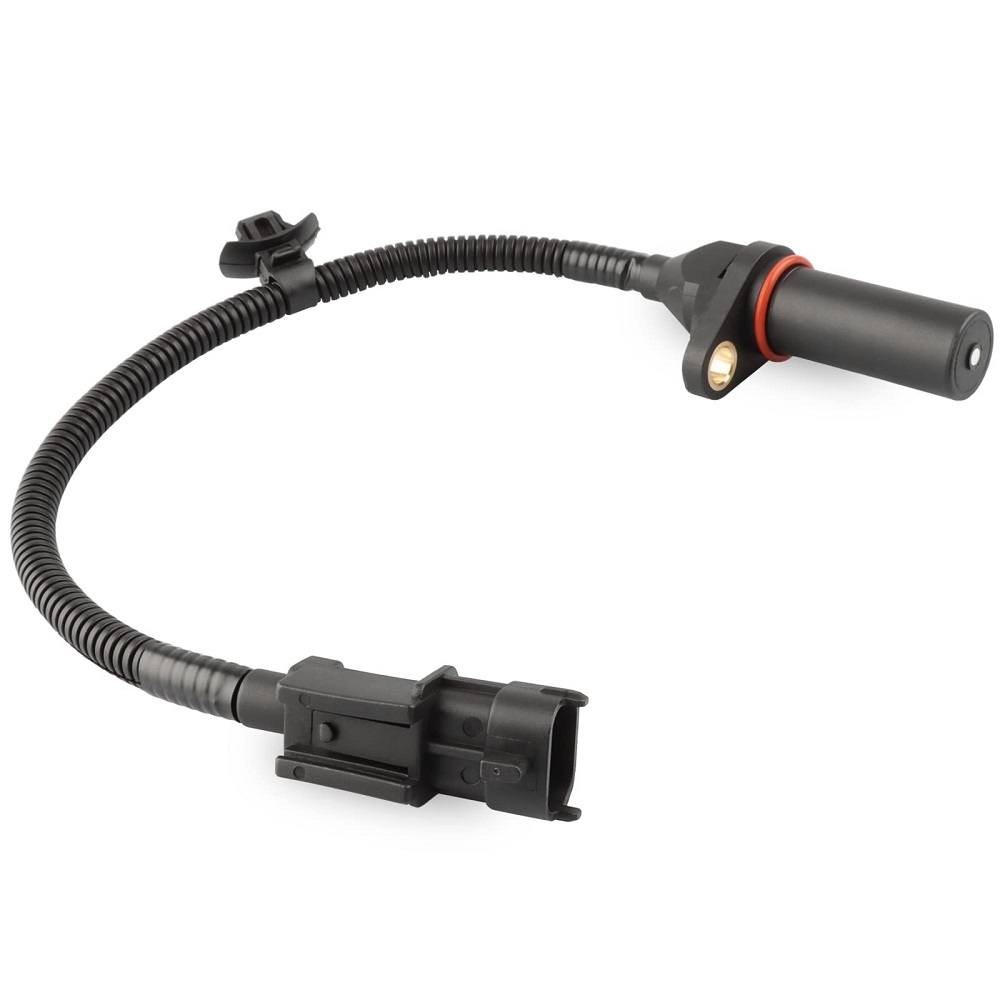

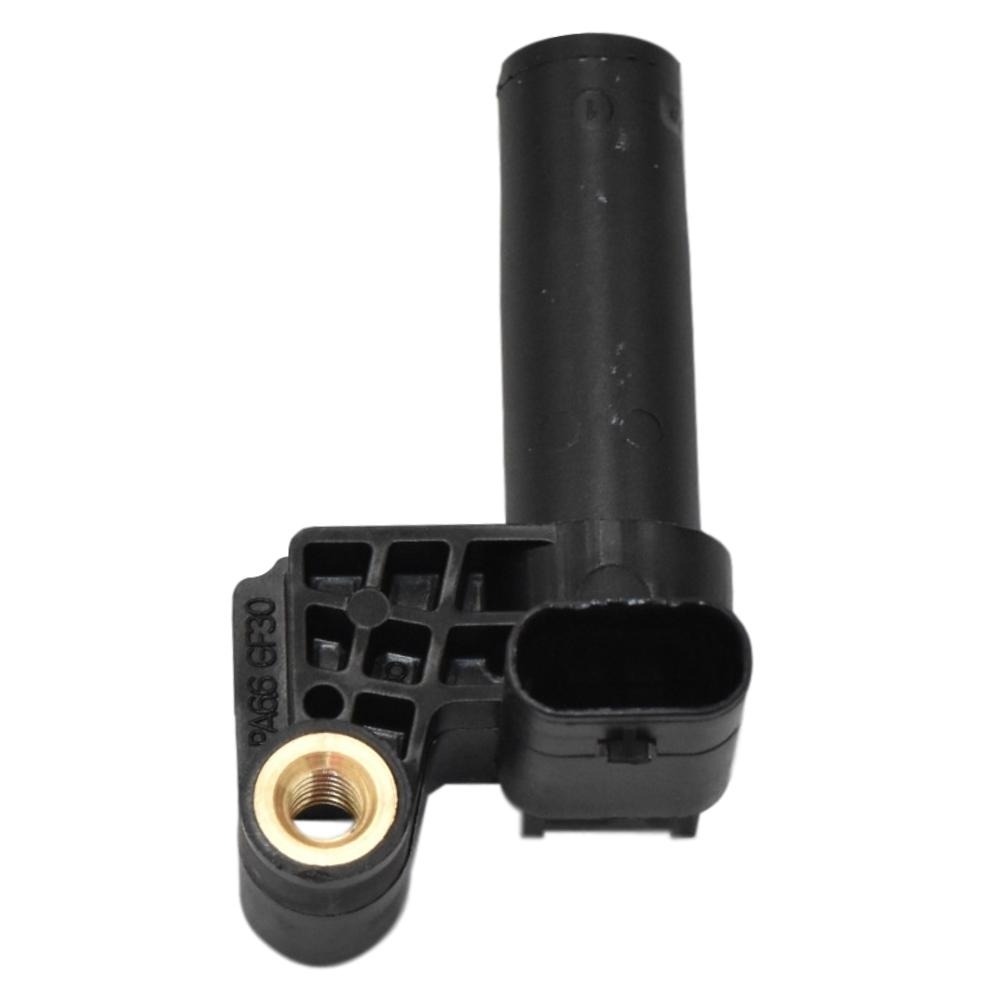
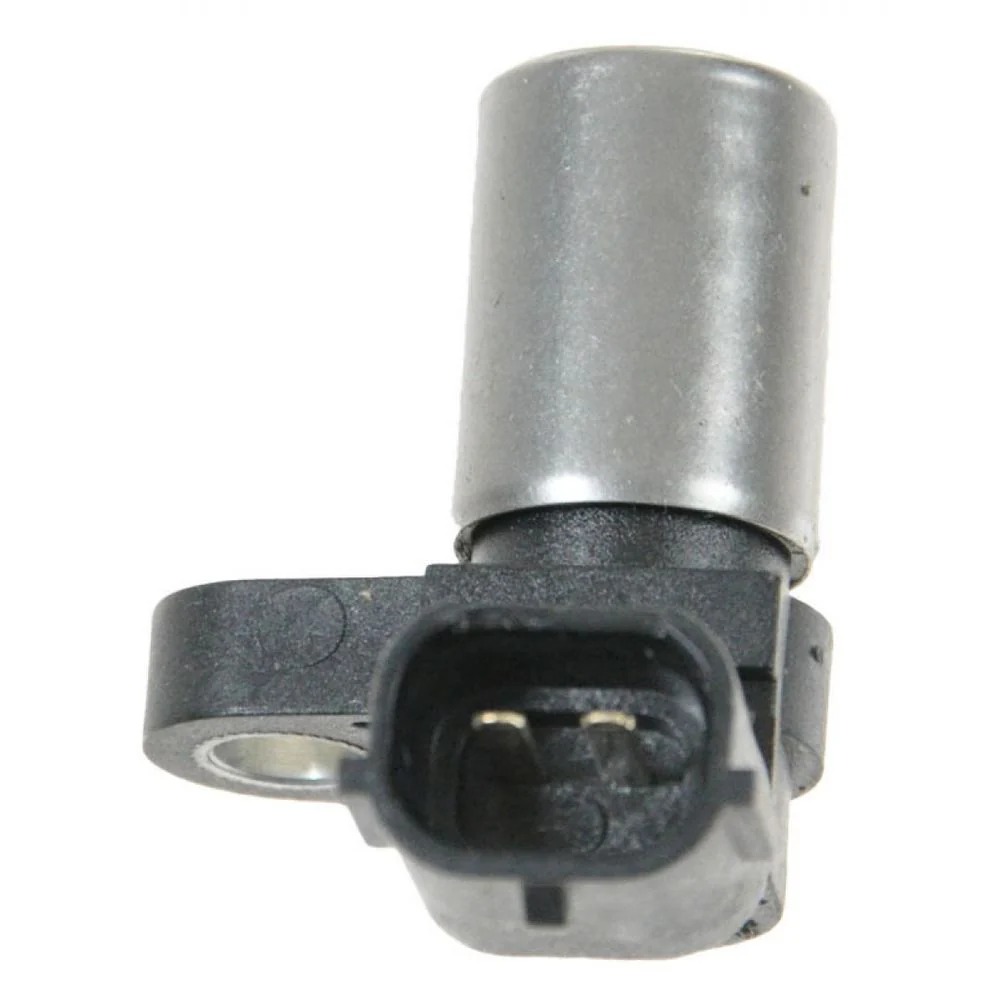


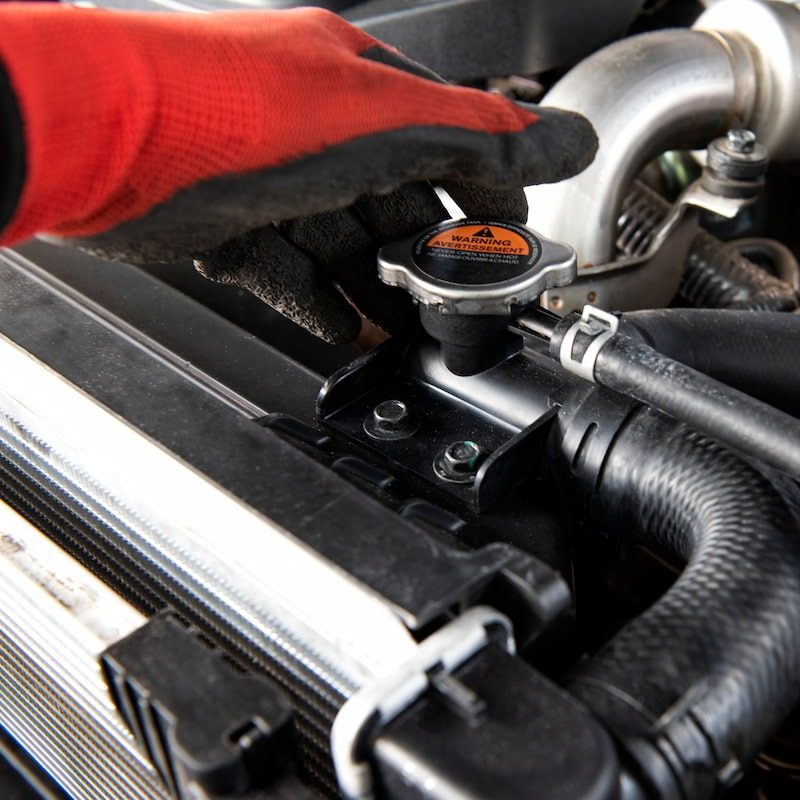
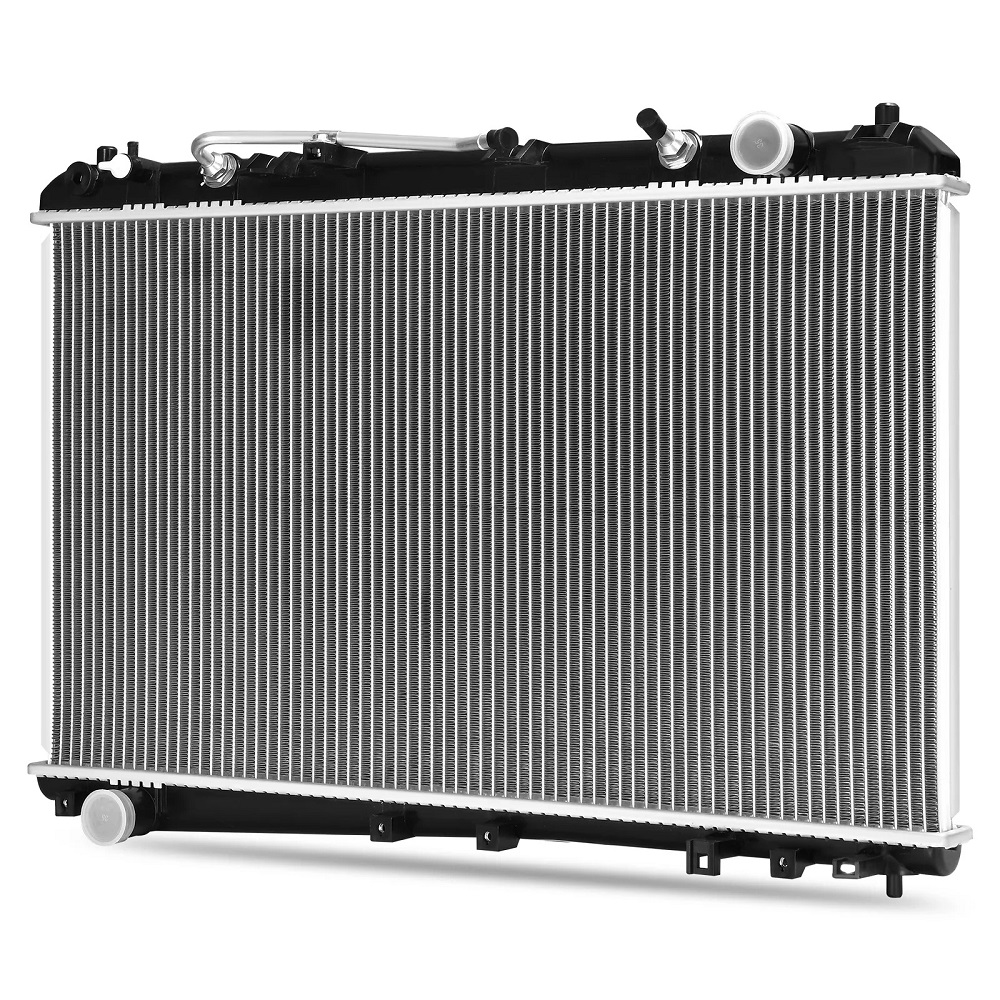
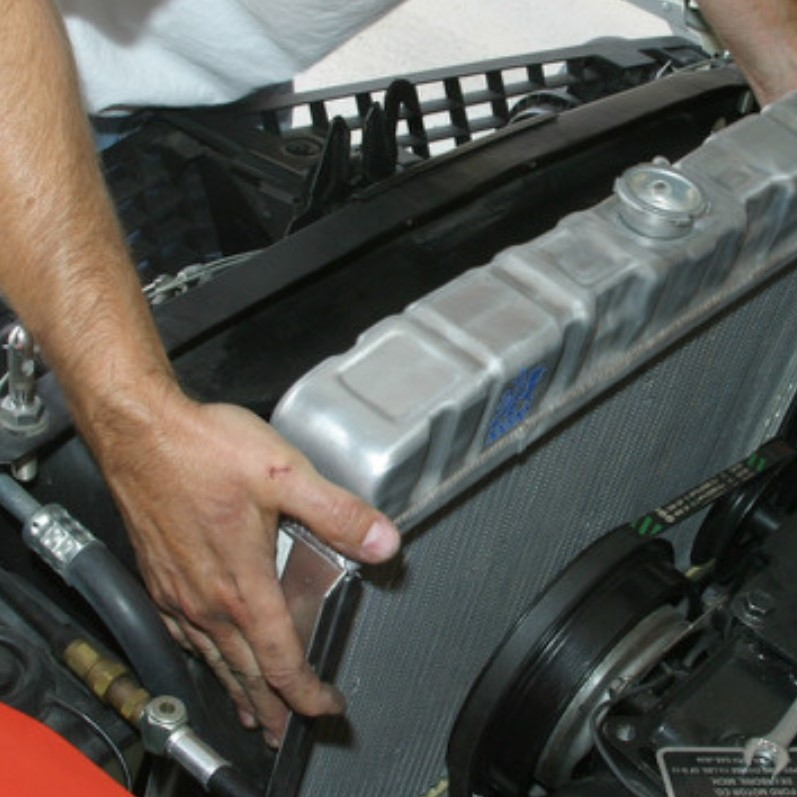



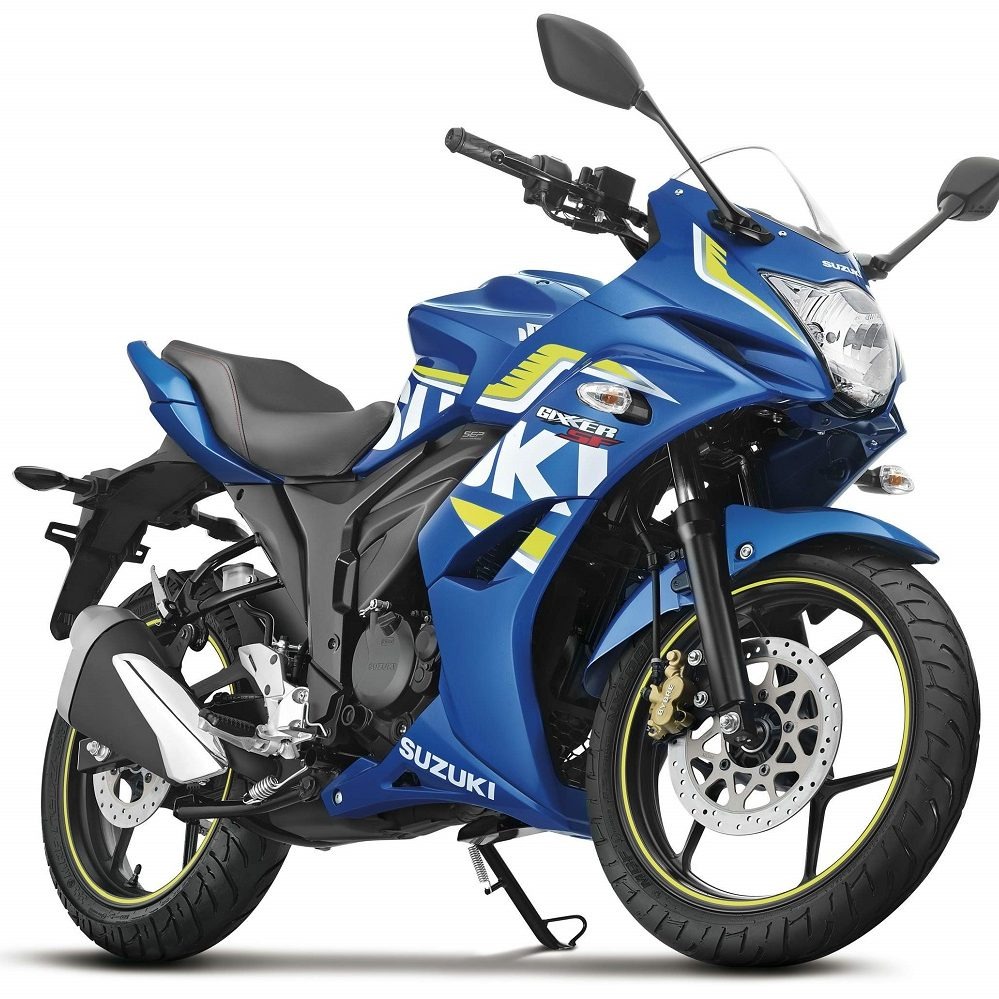
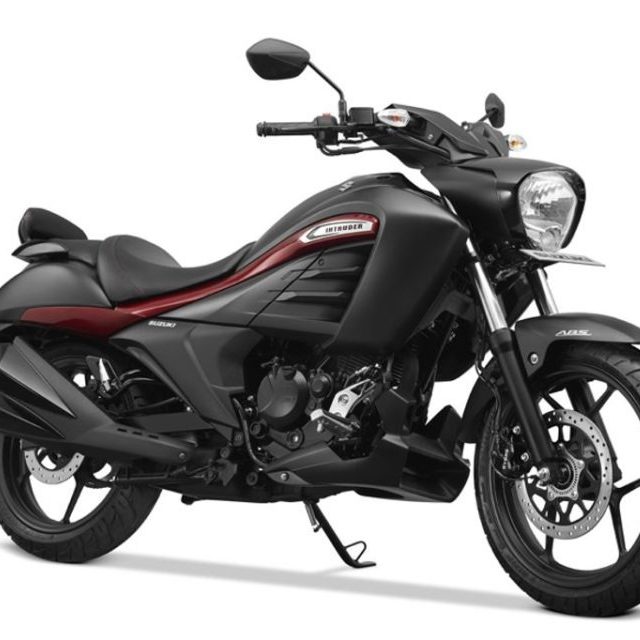
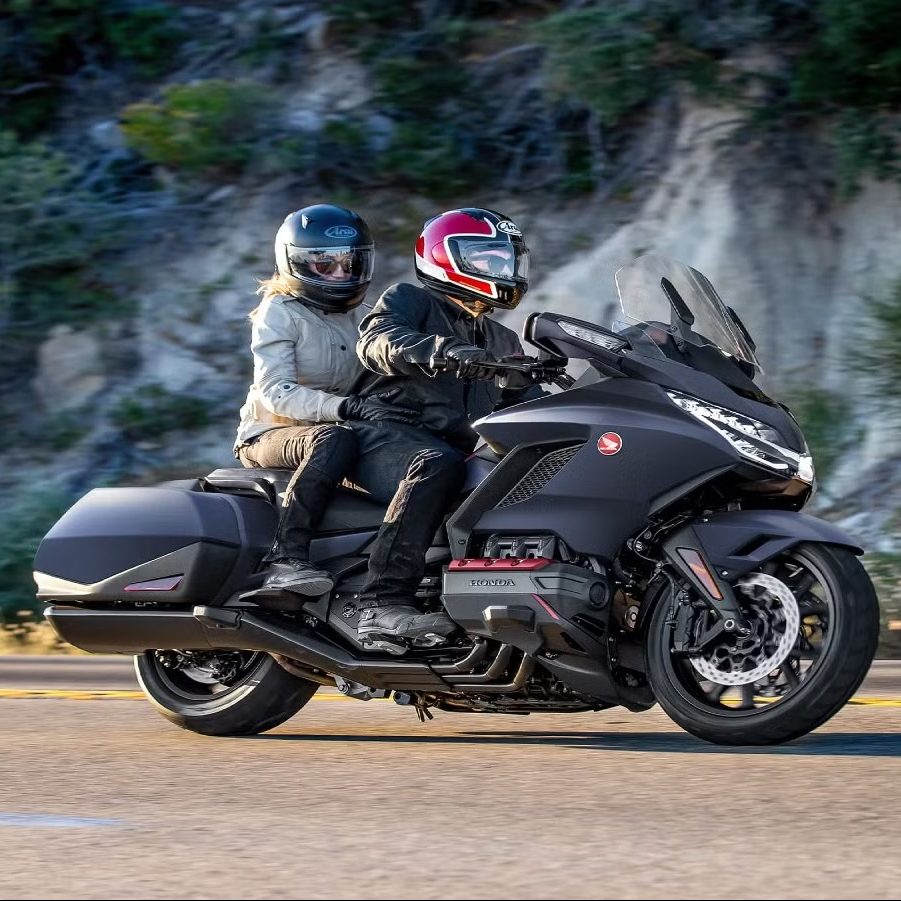
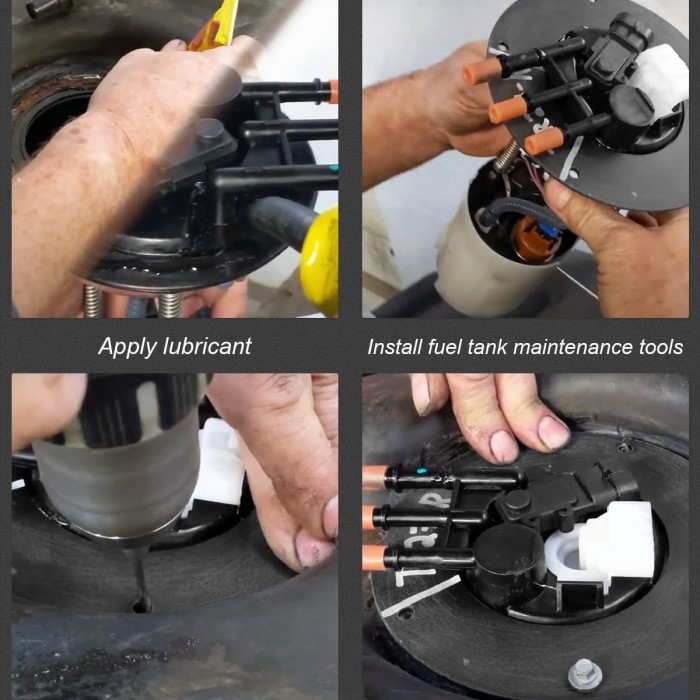
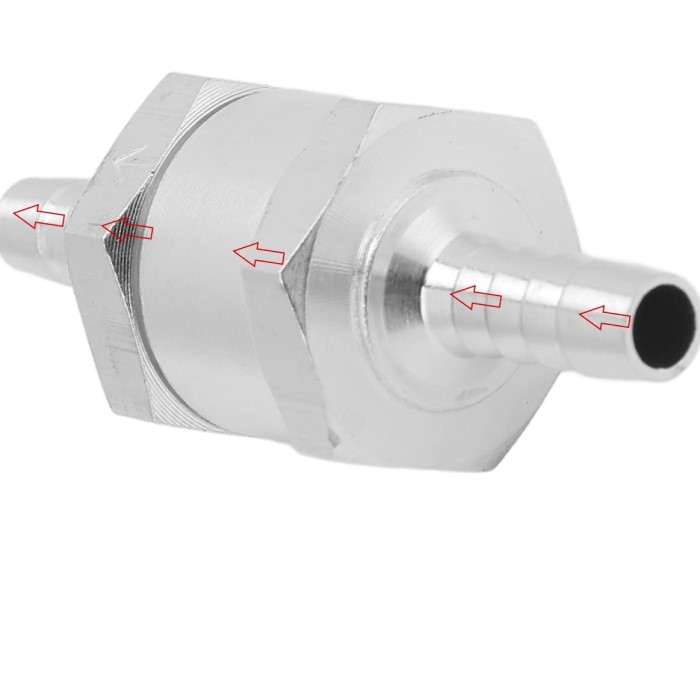

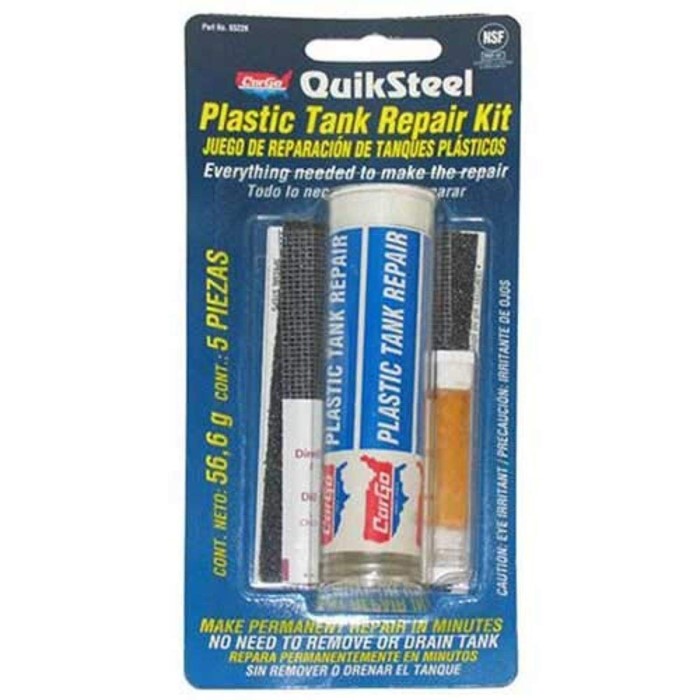
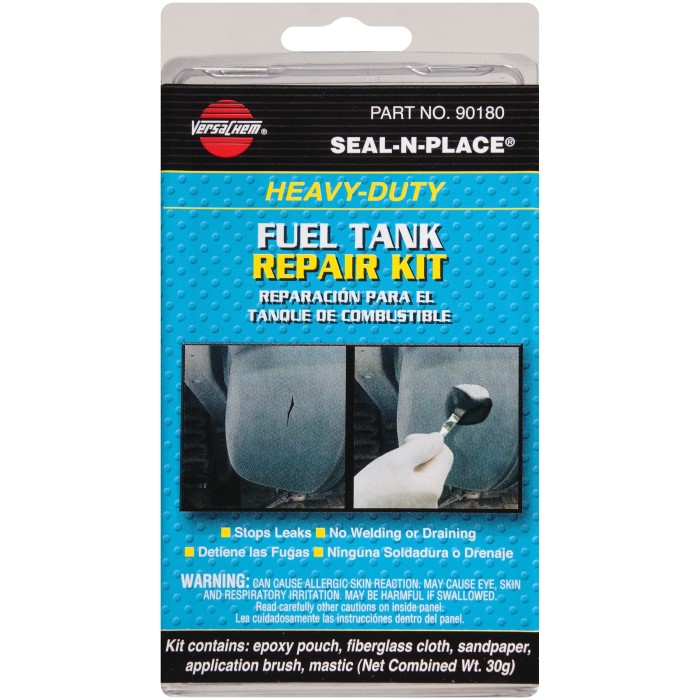
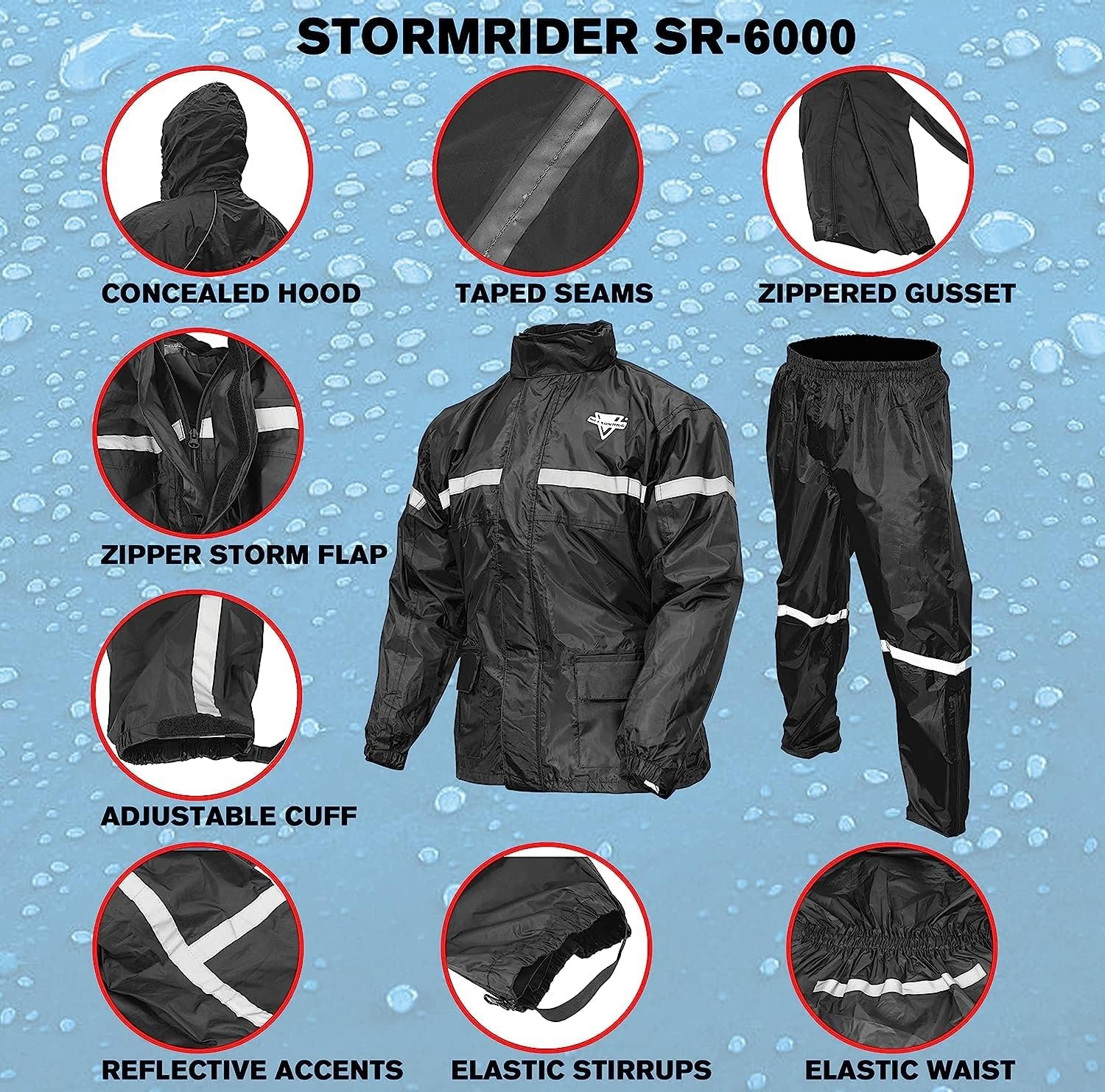
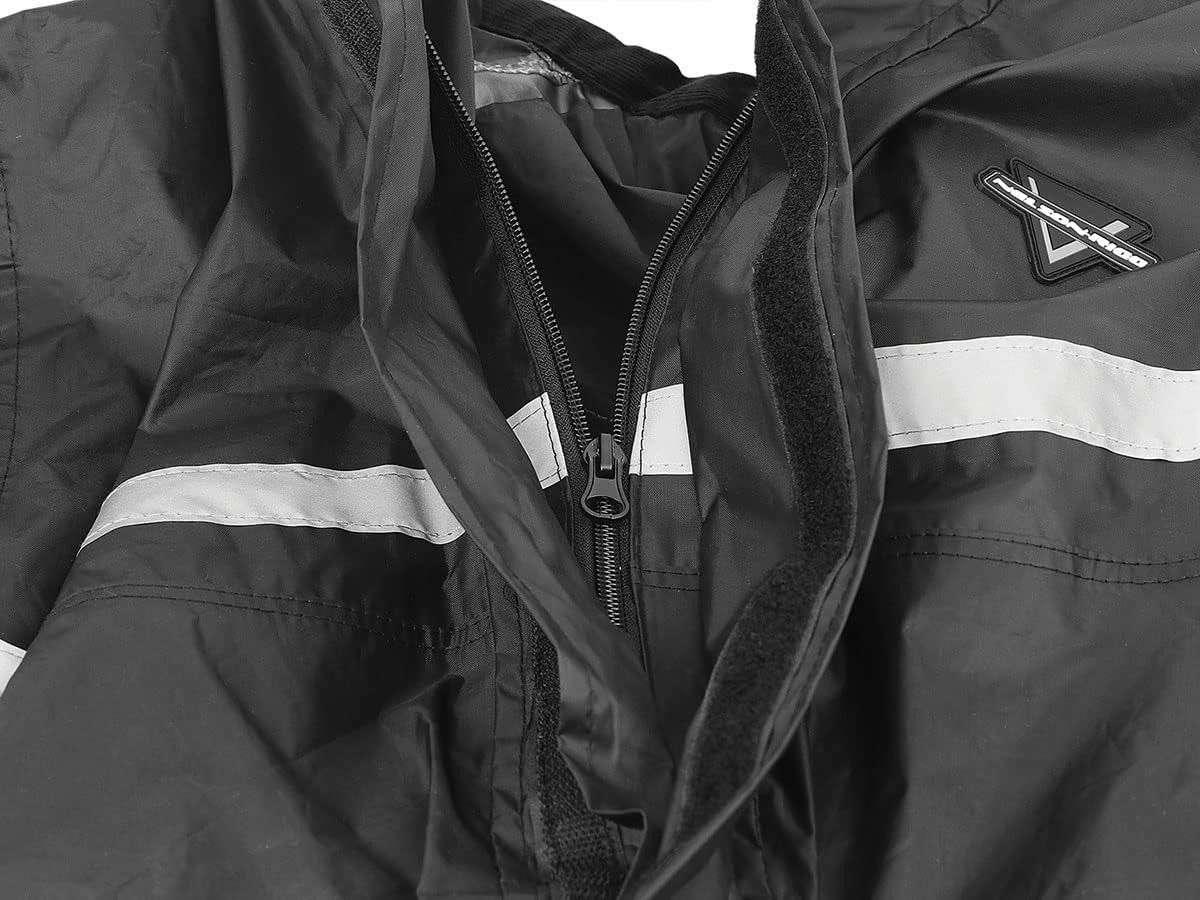

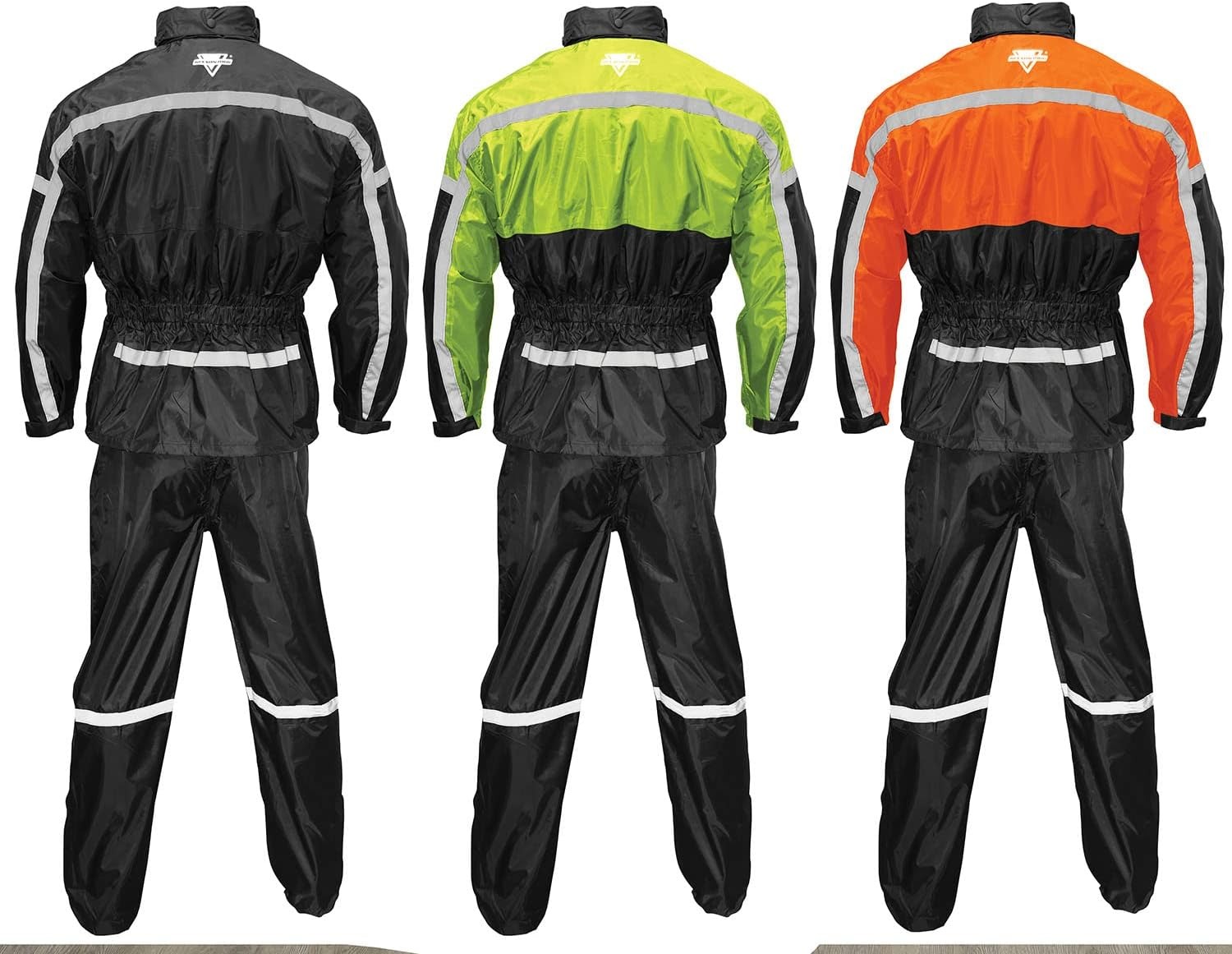
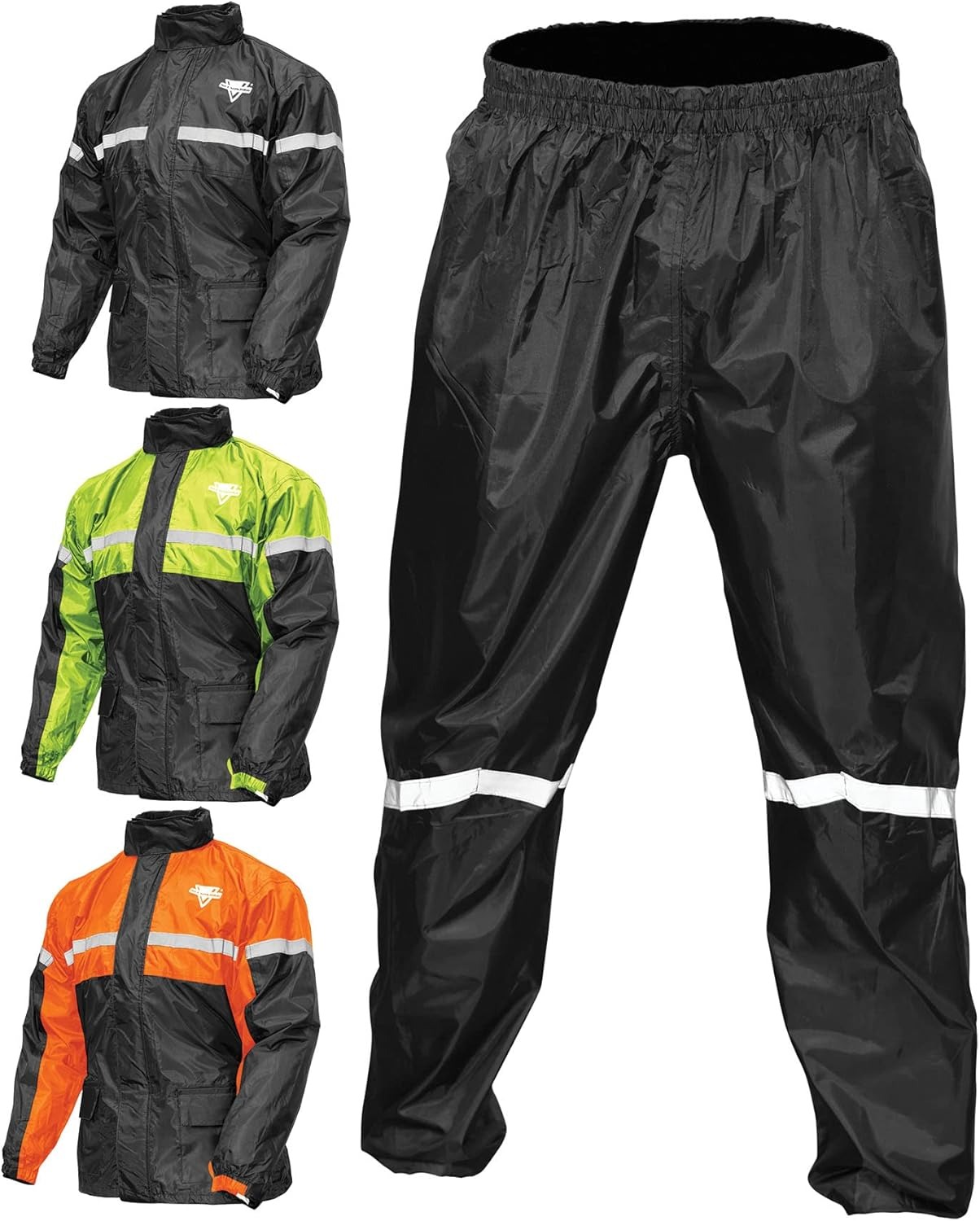
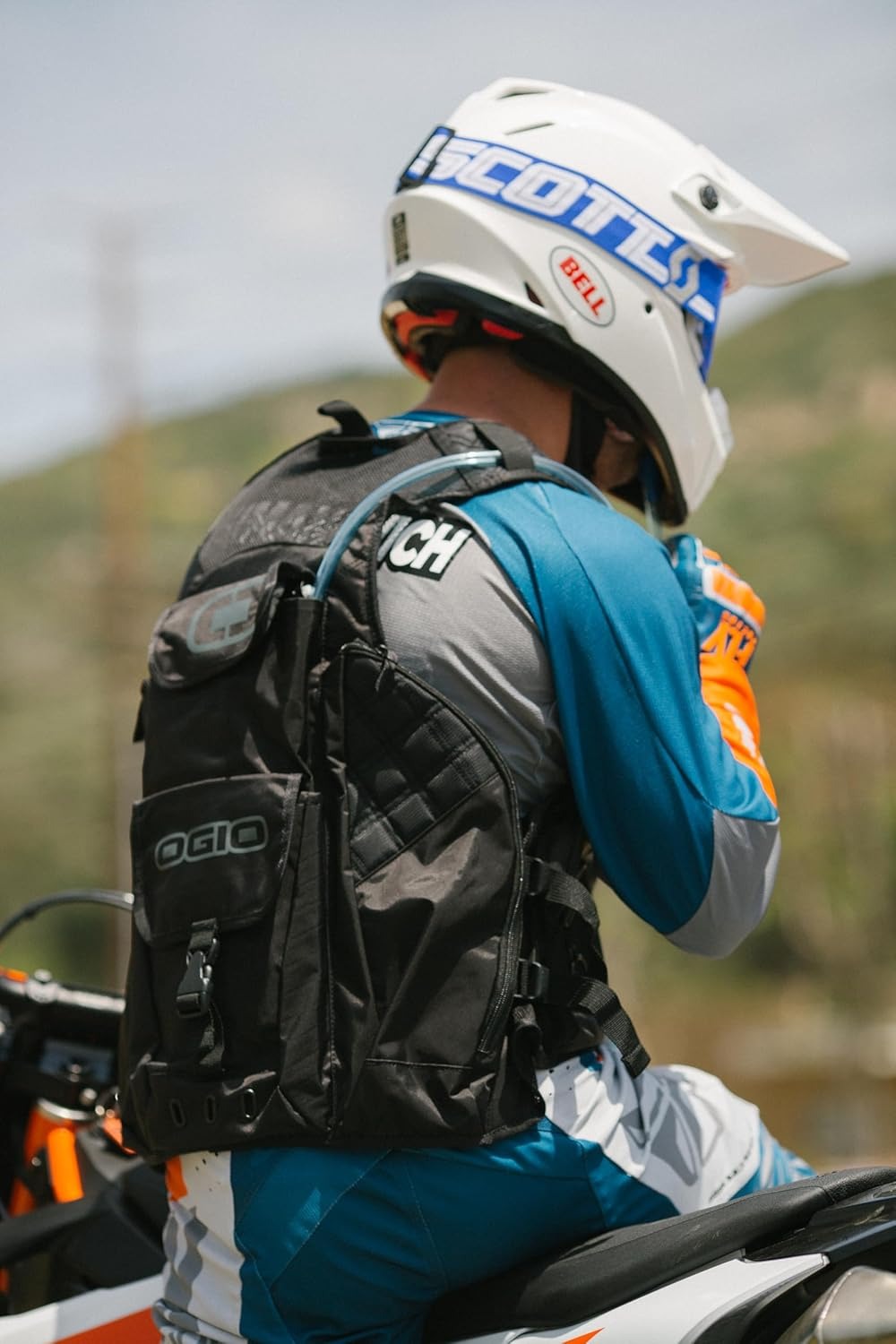
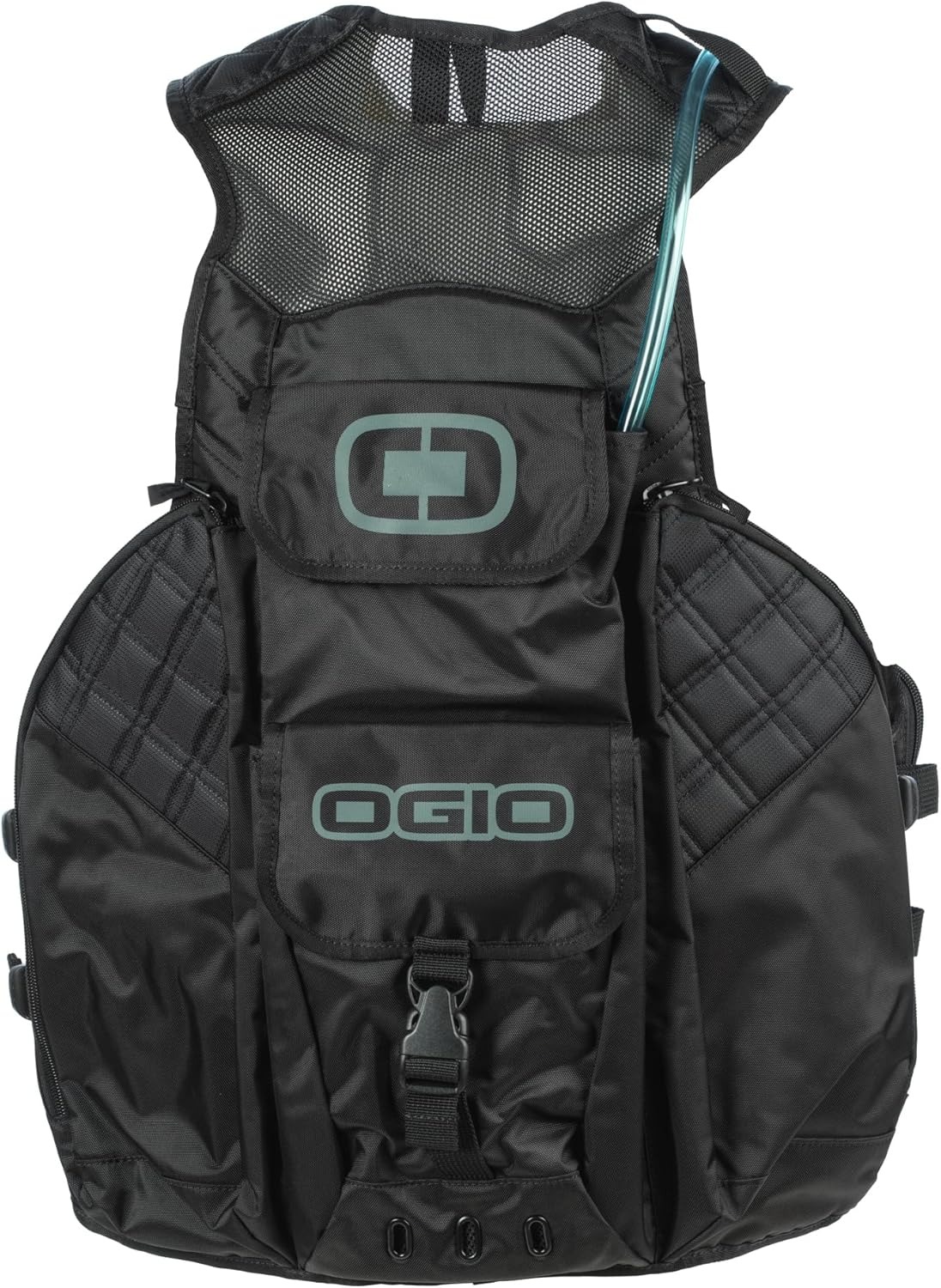

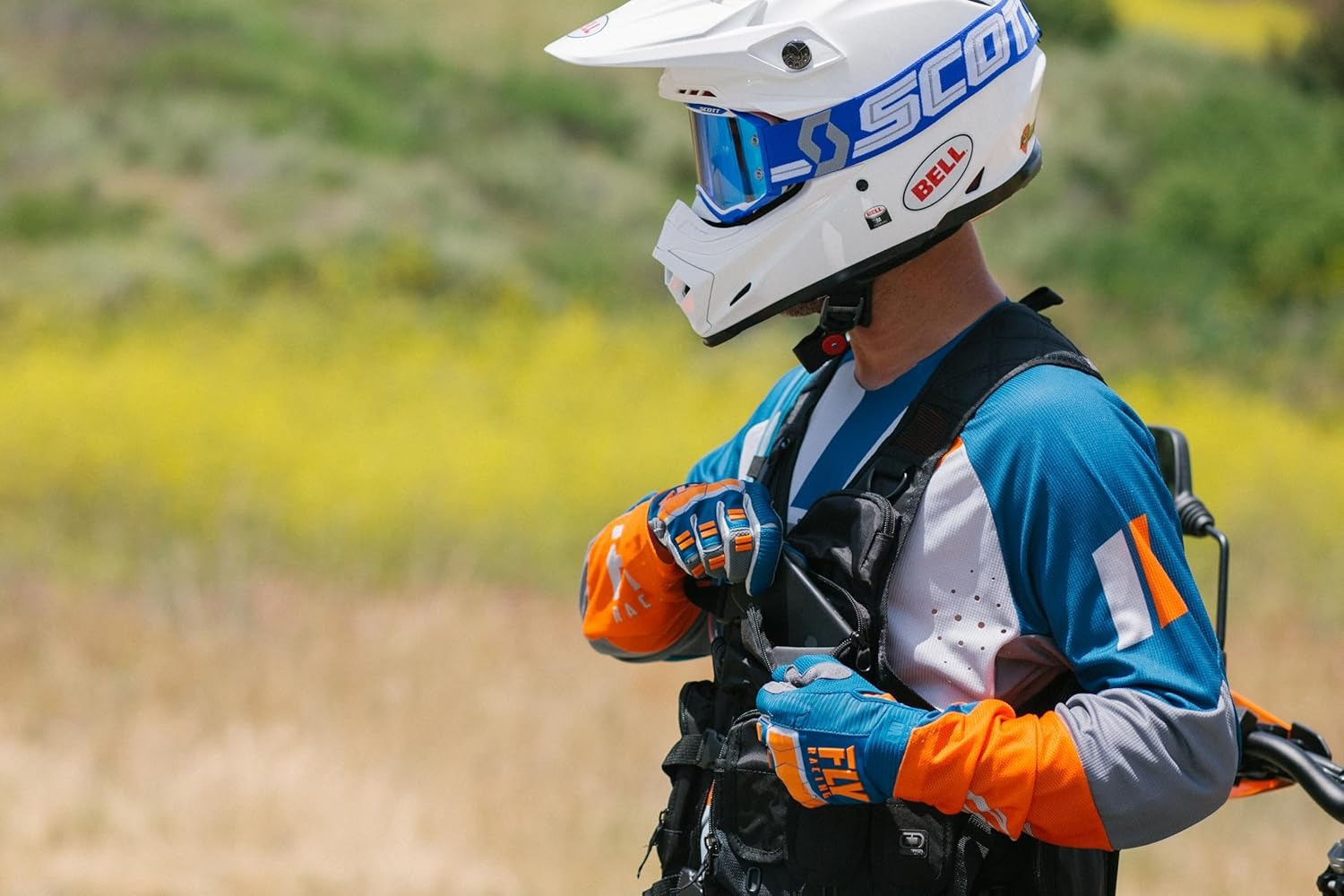


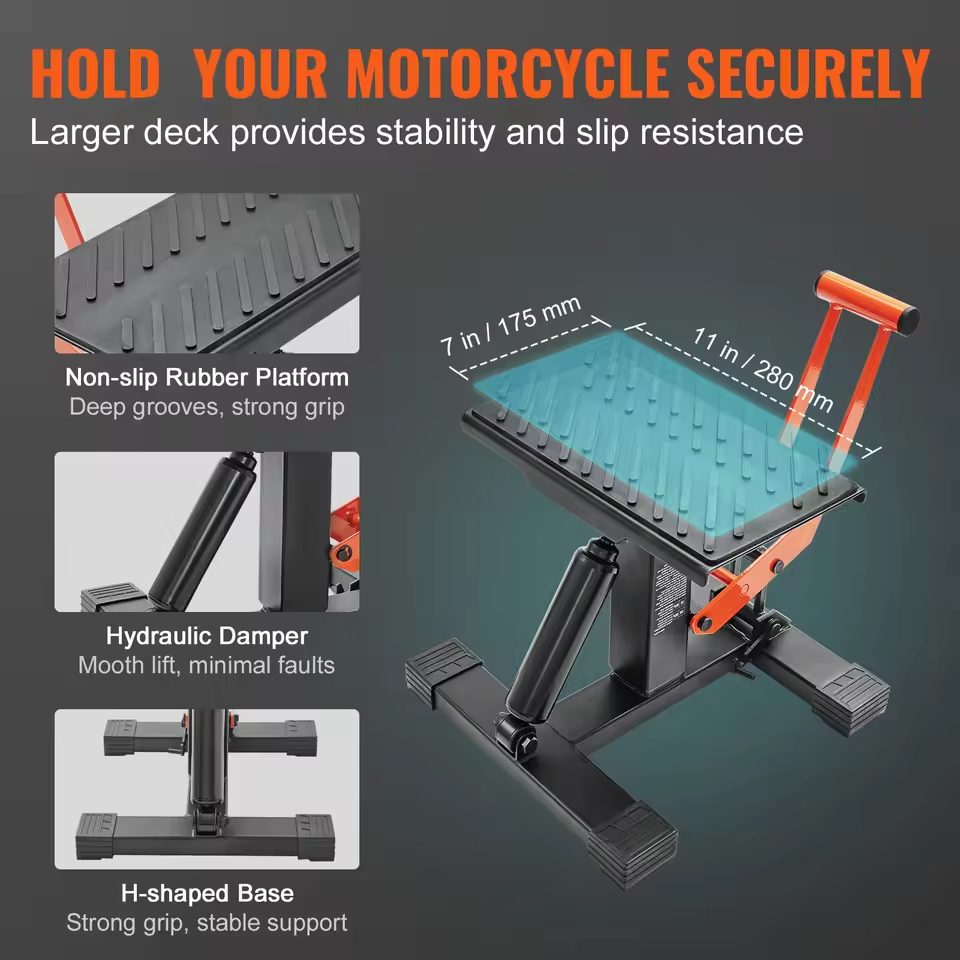
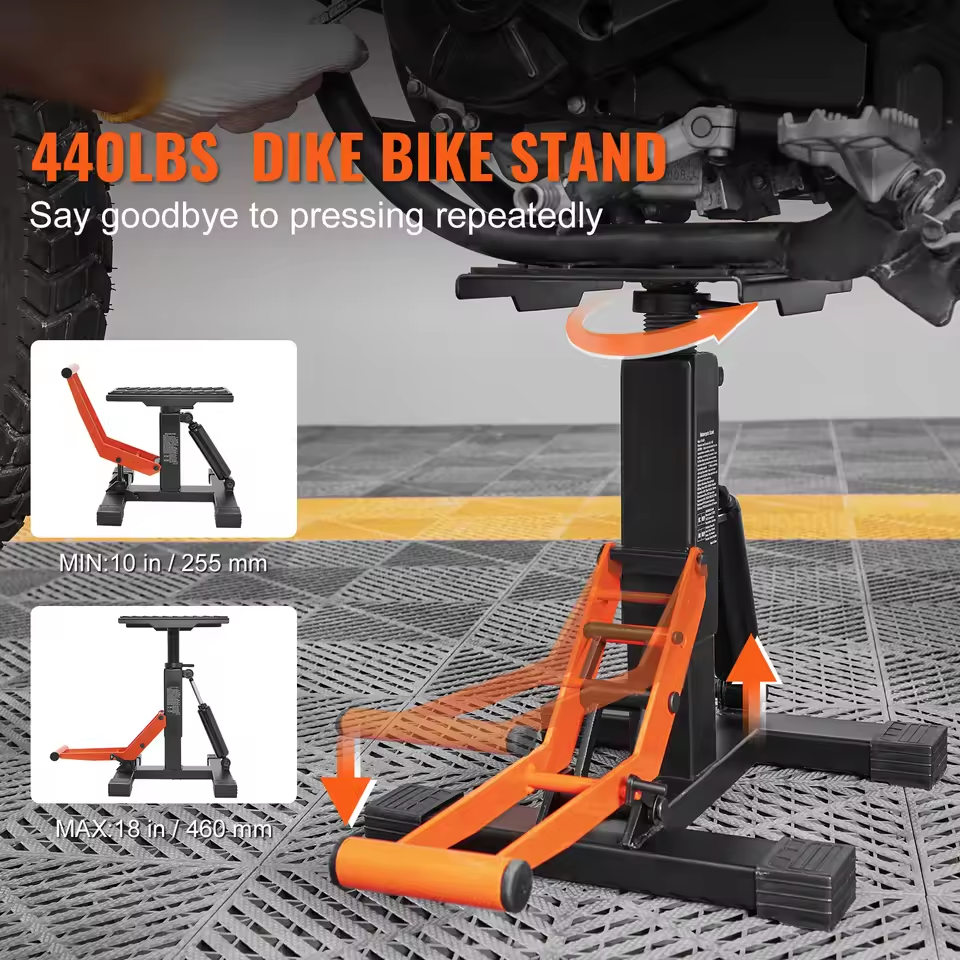
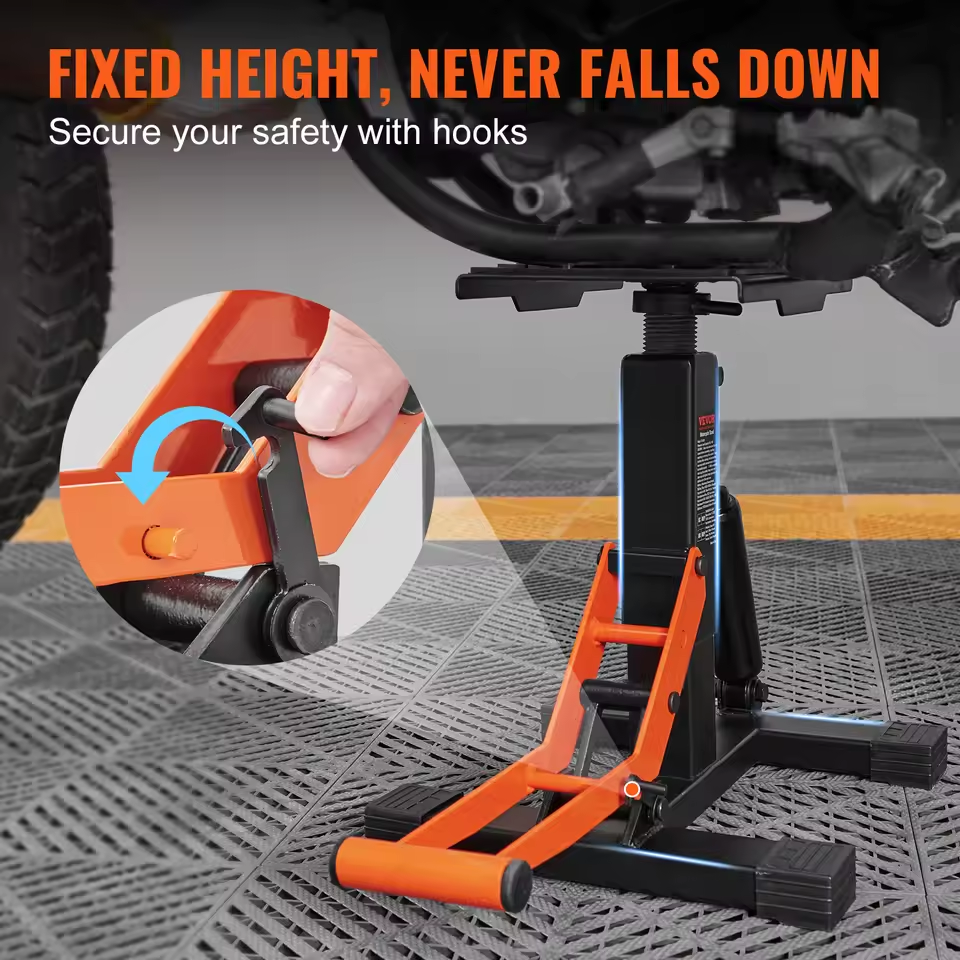
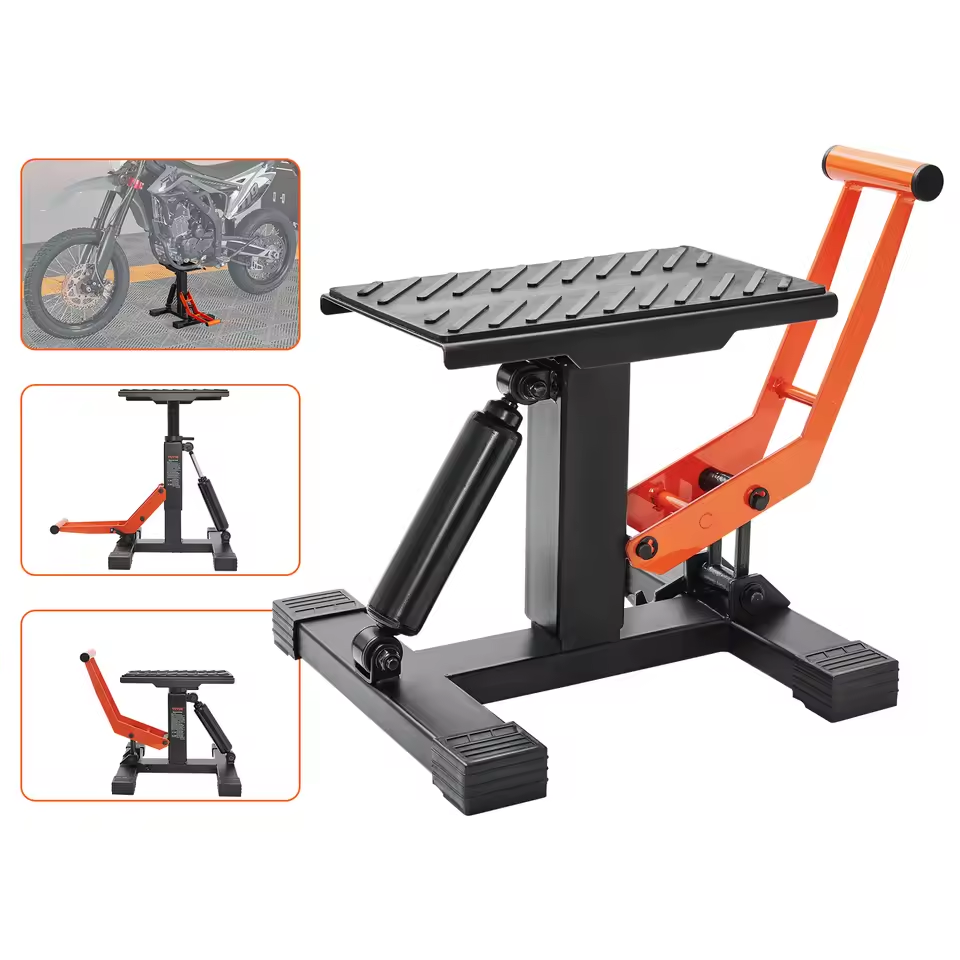
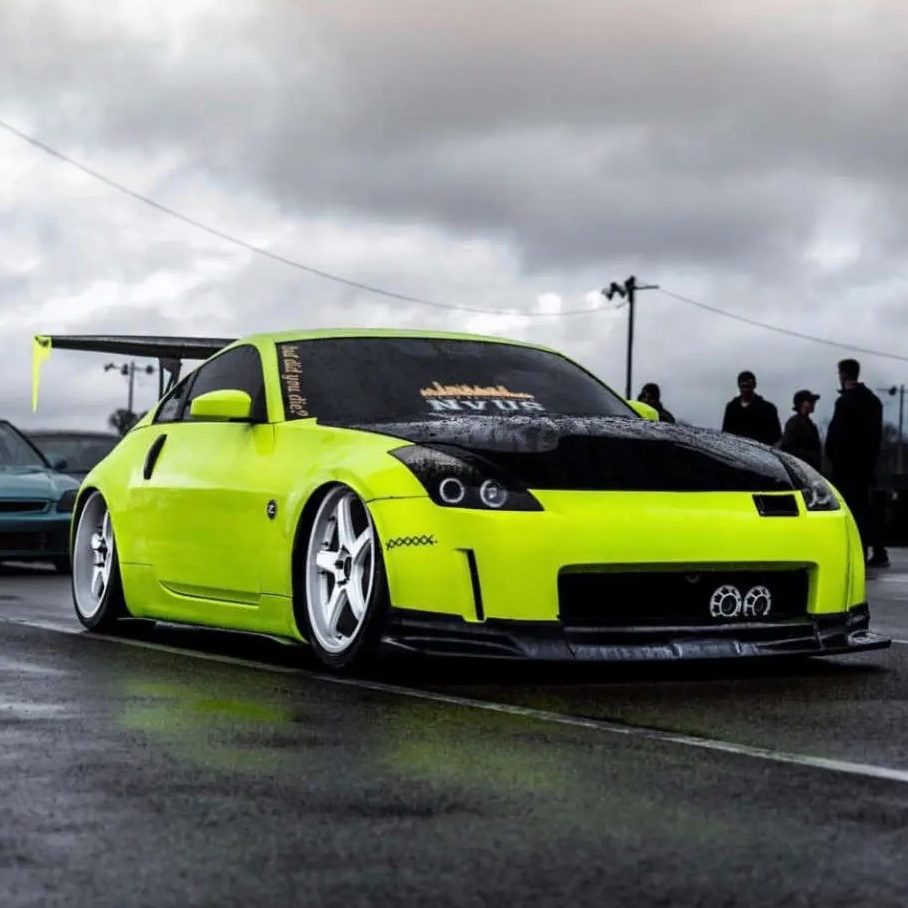 The History of the JDM 350z
The History of the JDM 350z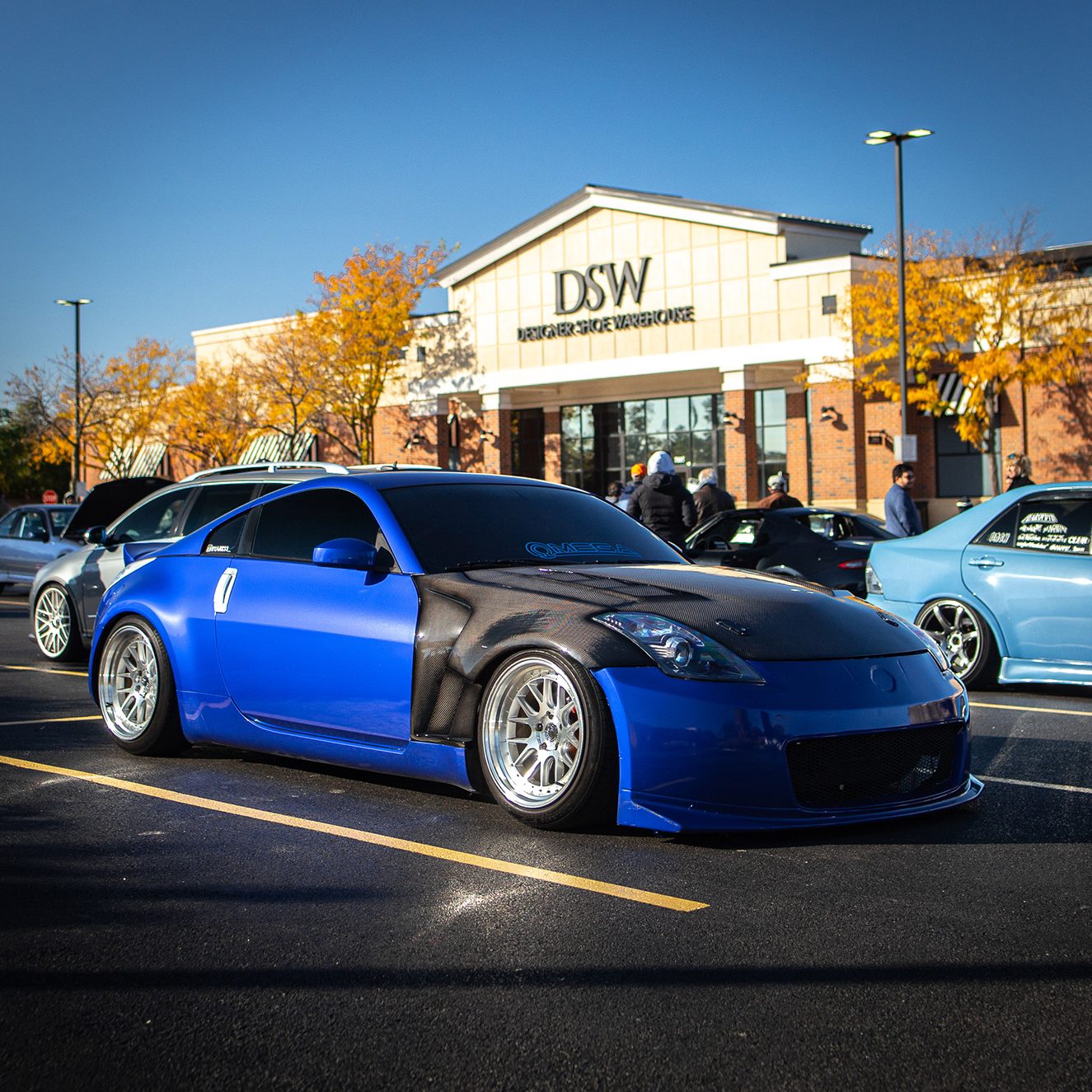 Customization Options
Customization Options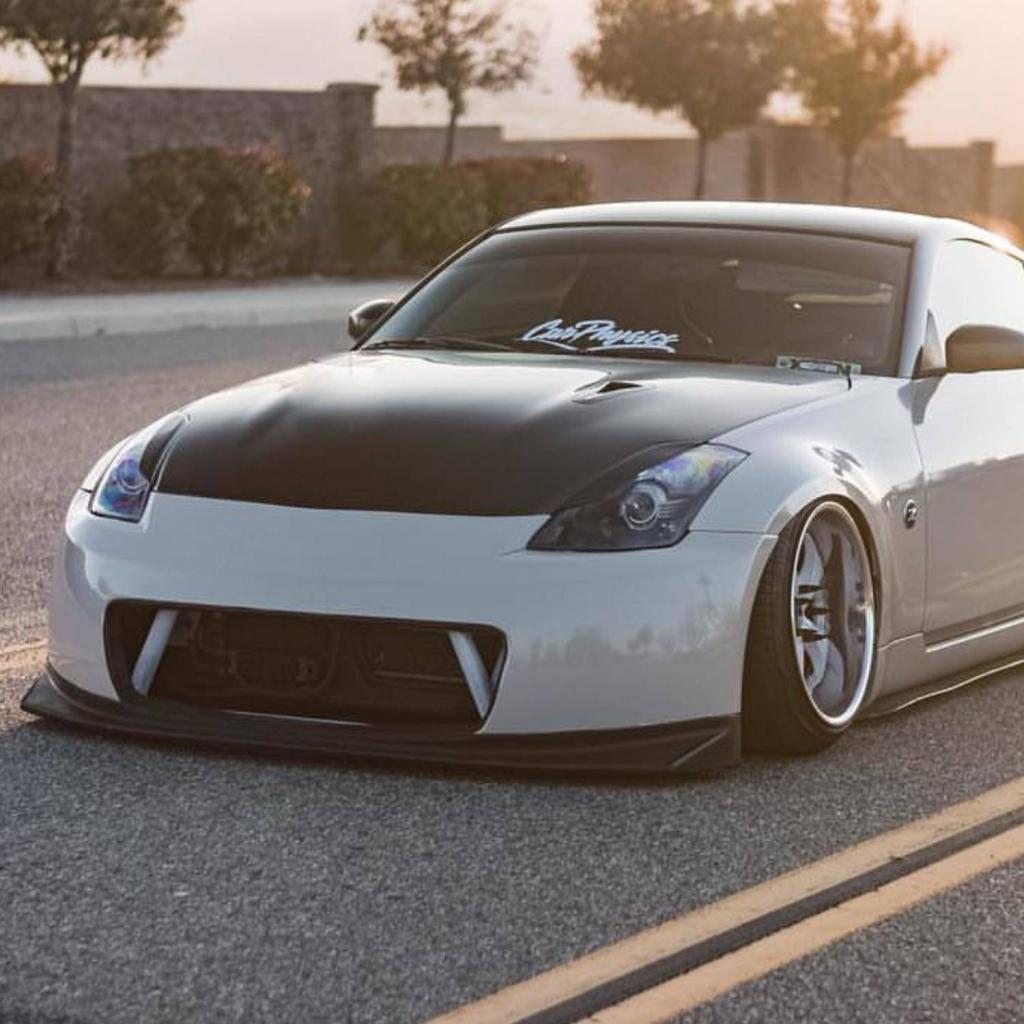 The JDM 350z in Popular Culture
The JDM 350z in Popular Culture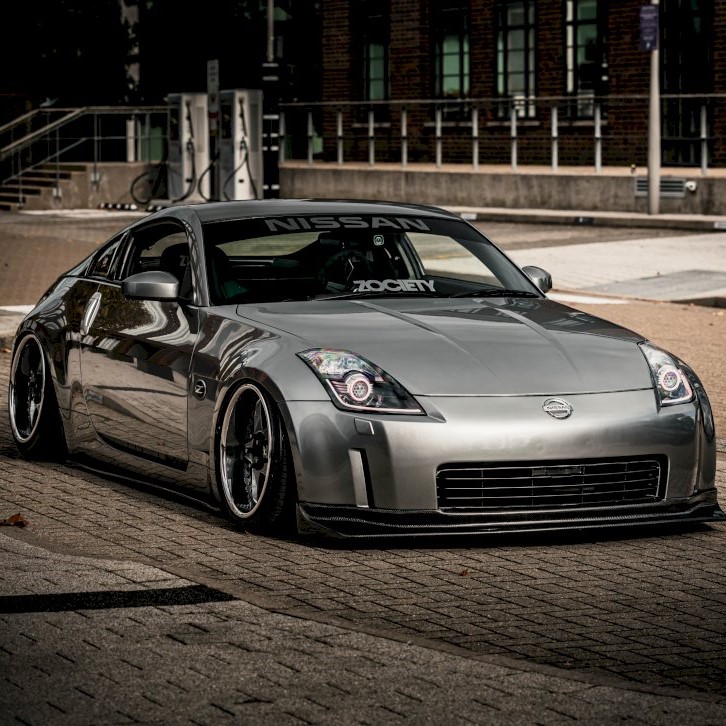 Frequently Asked Questions (FAQ)
Frequently Asked Questions (FAQ)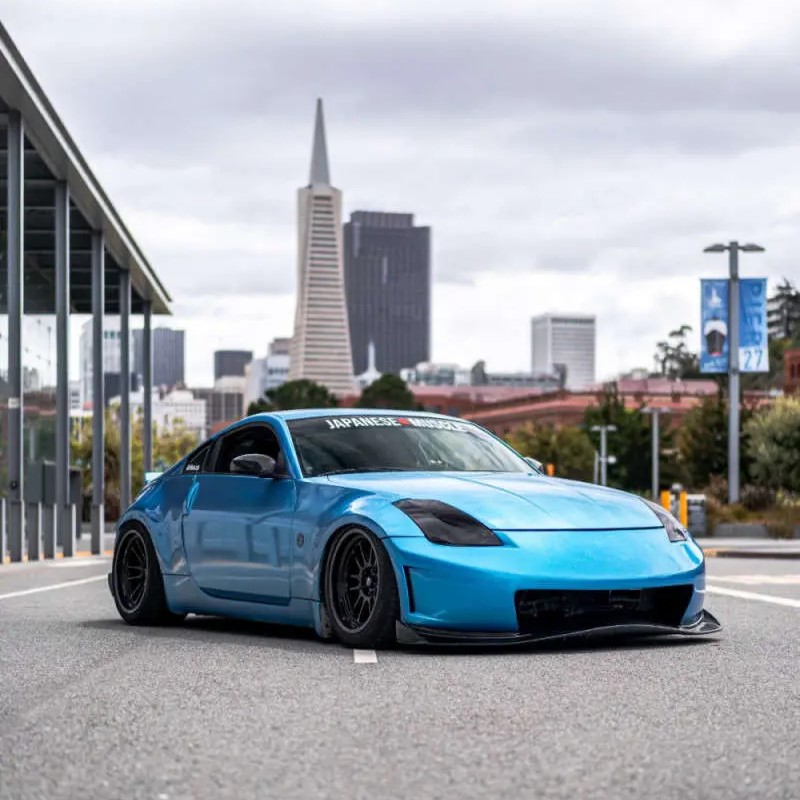 Conclusion
Conclusion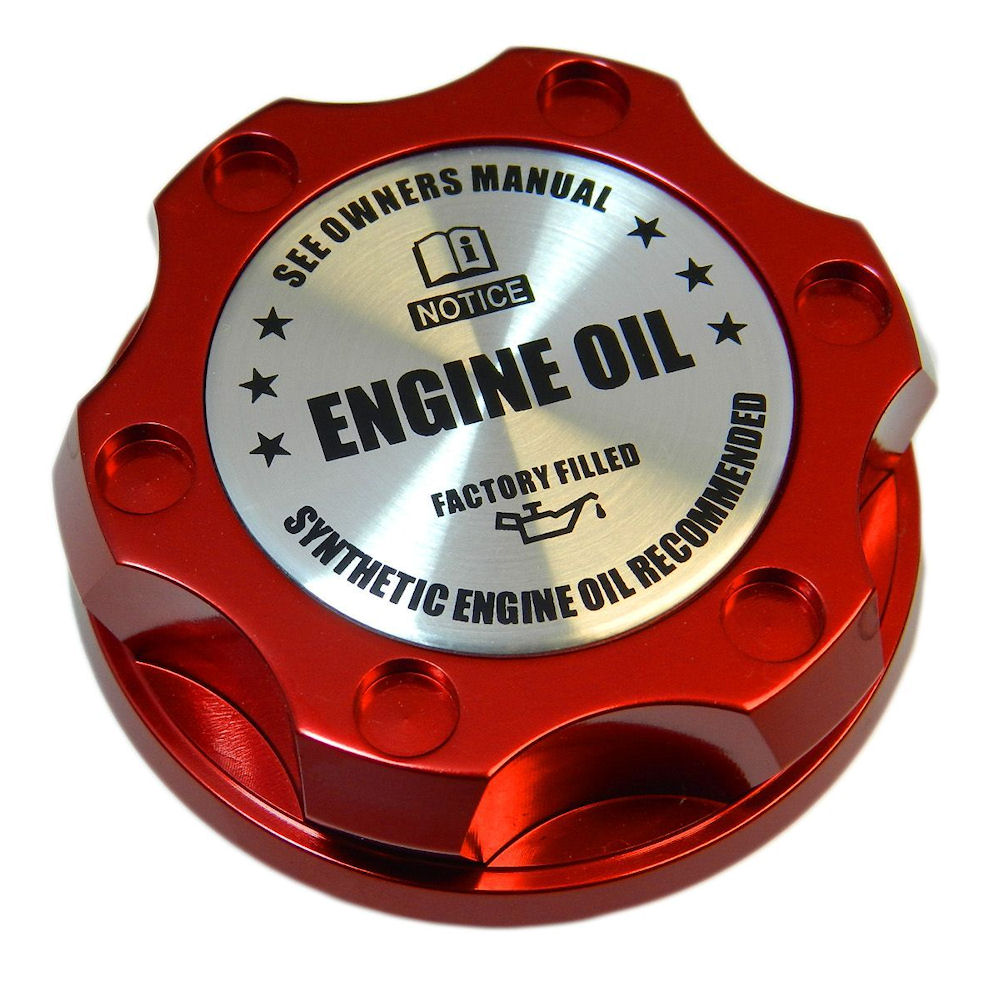 The Basics of Engine Oil and Its Function
The Basics of Engine Oil and Its Function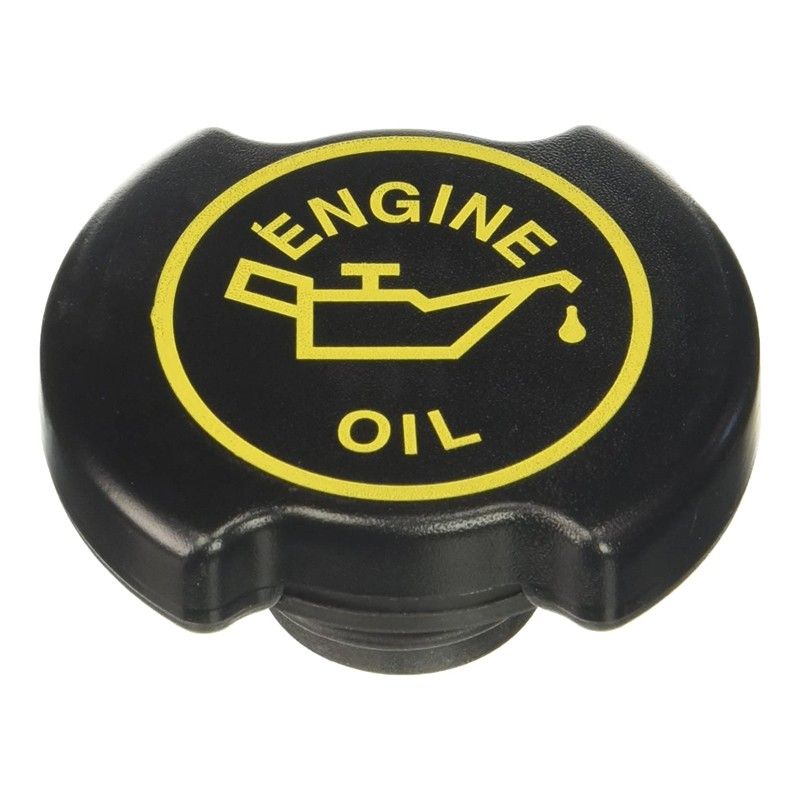 Signs You Need to Check Your Oil Immediately
Signs You Need to Check Your Oil Immediately How to Choose the Right Oil for Your Vehicle
How to Choose the Right Oil for Your Vehicle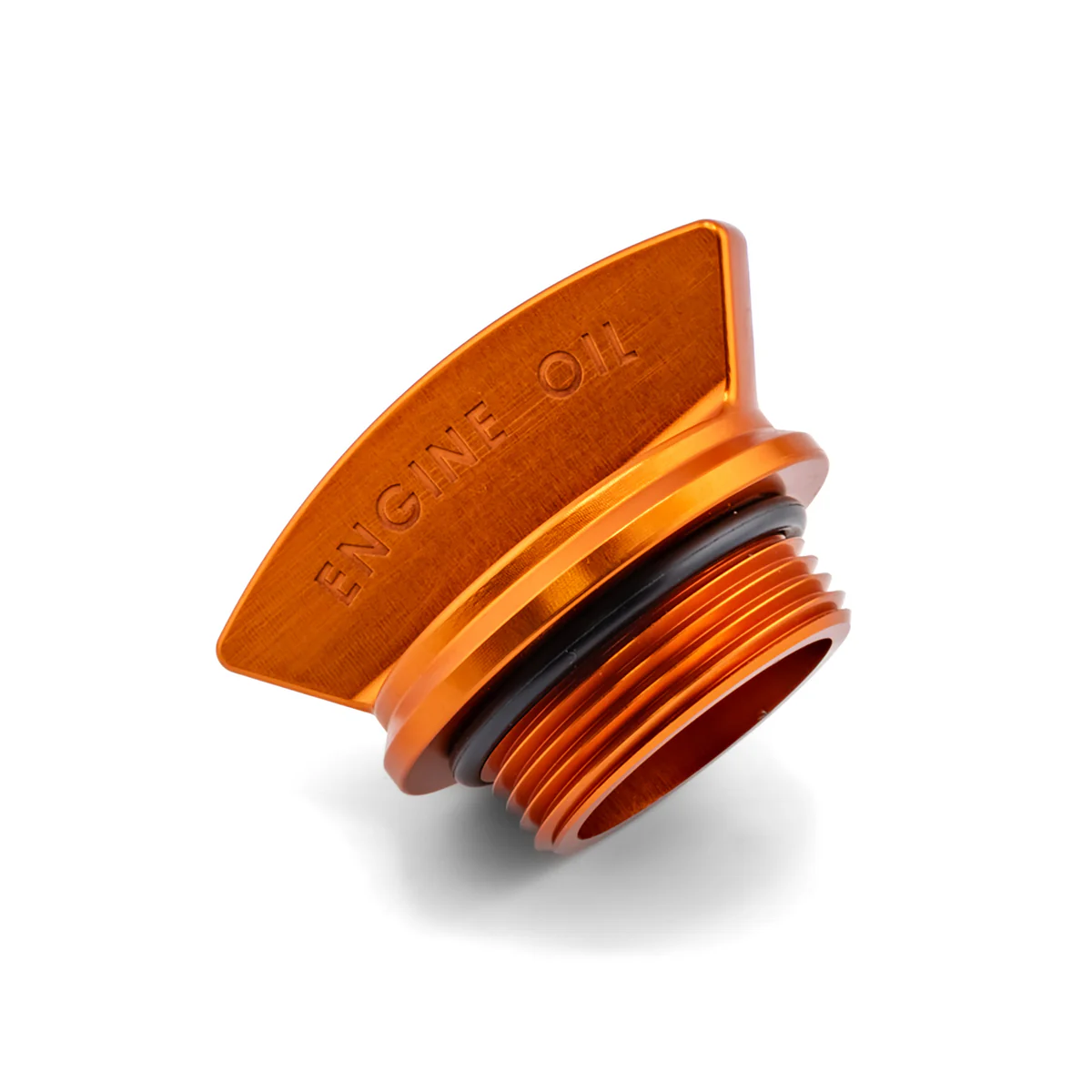 FAQ: Can You Open Oil Cap When Engine Is Hot?
FAQ: Can You Open Oil Cap When Engine Is Hot? Final Thoughts on Can You Open Oil Cap When Engine Is Hot
Final Thoughts on Can You Open Oil Cap When Engine Is Hot